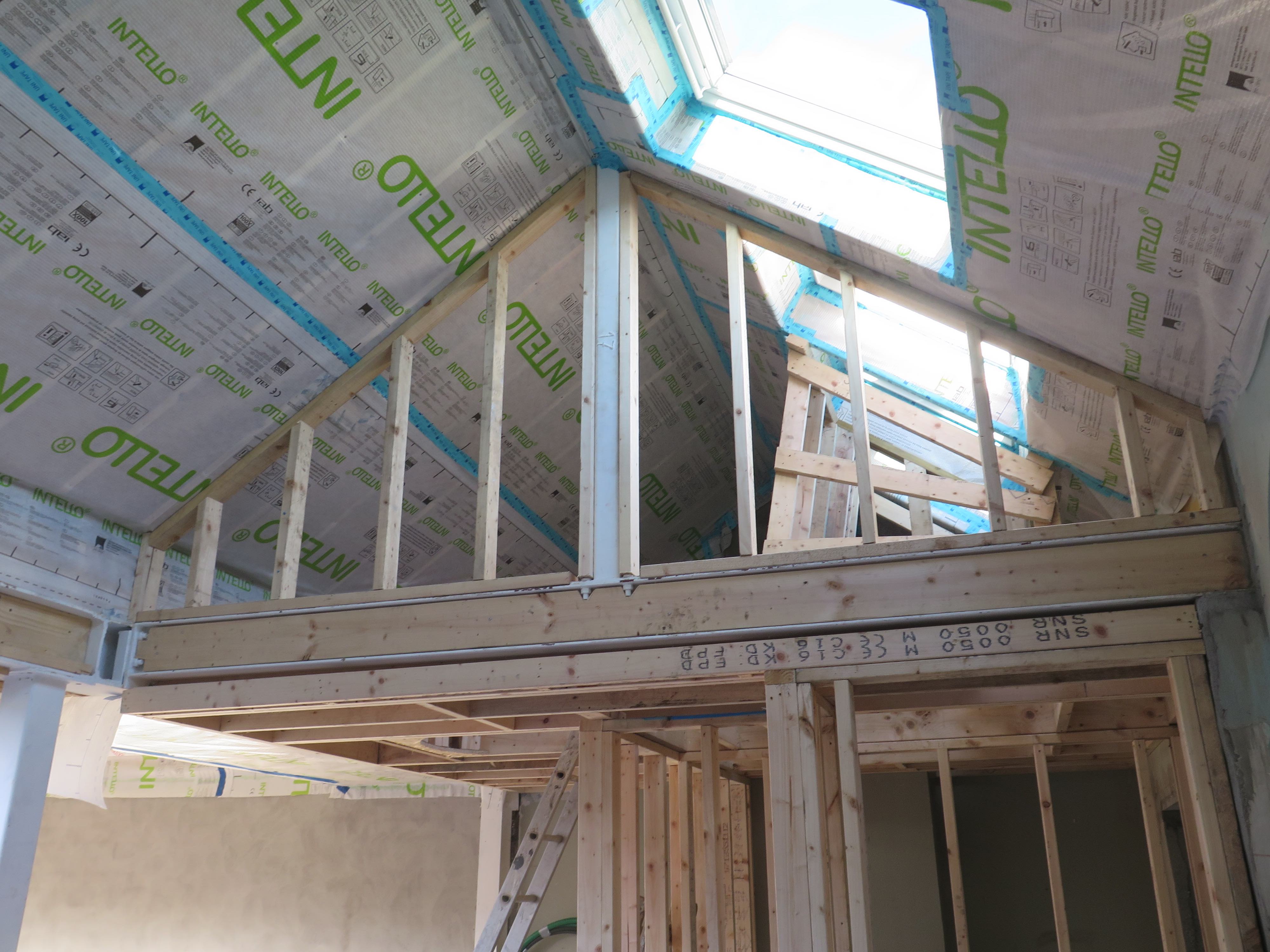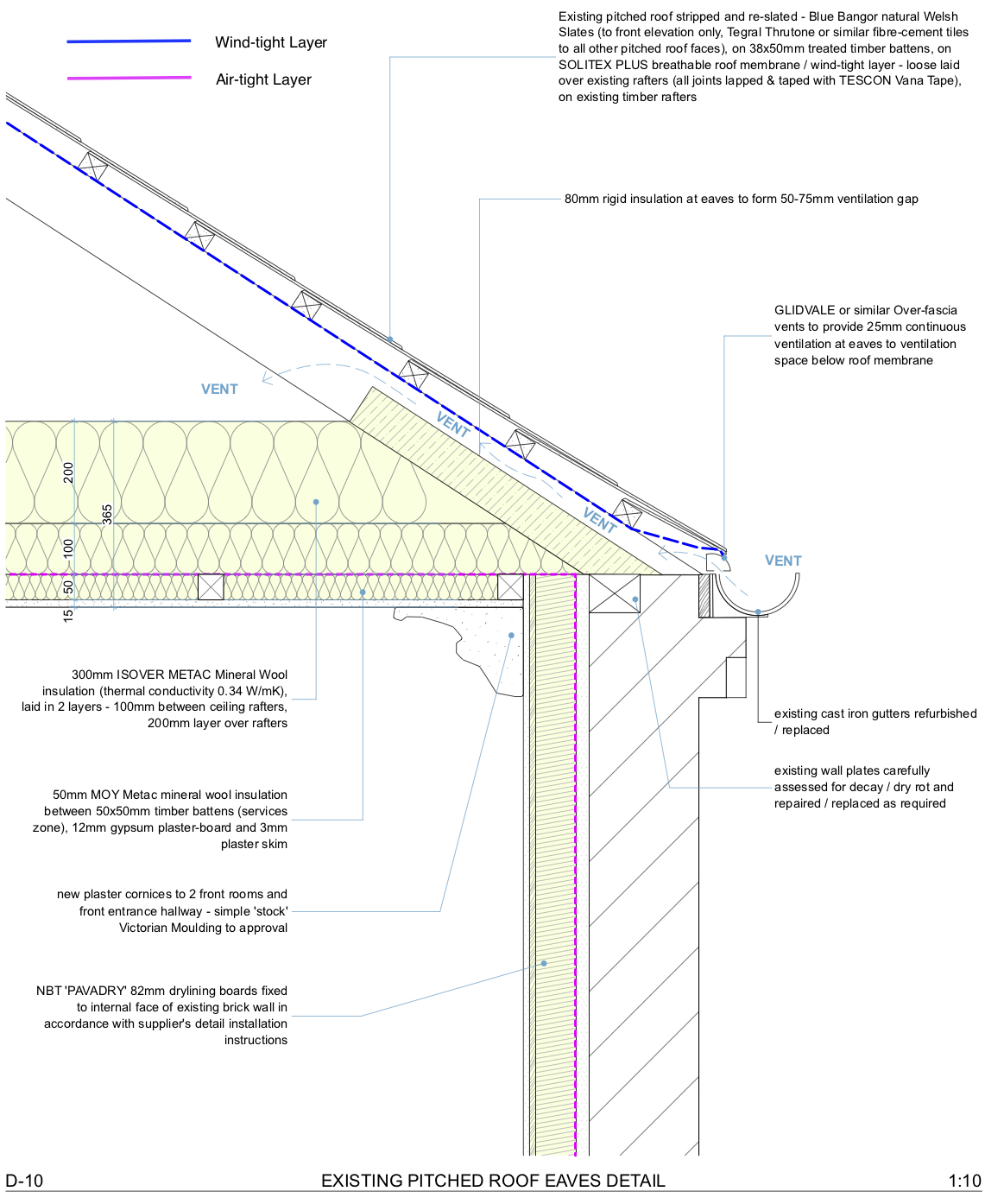Planning Permission has recently been granted by An Bord Pleanala for another of our home extension and deep energy retrofit projects. The project located on a prominent corner site dwelling in Dublin 4 proposes the construction of a contemporary two story extension along with insulation and systems upgrades.
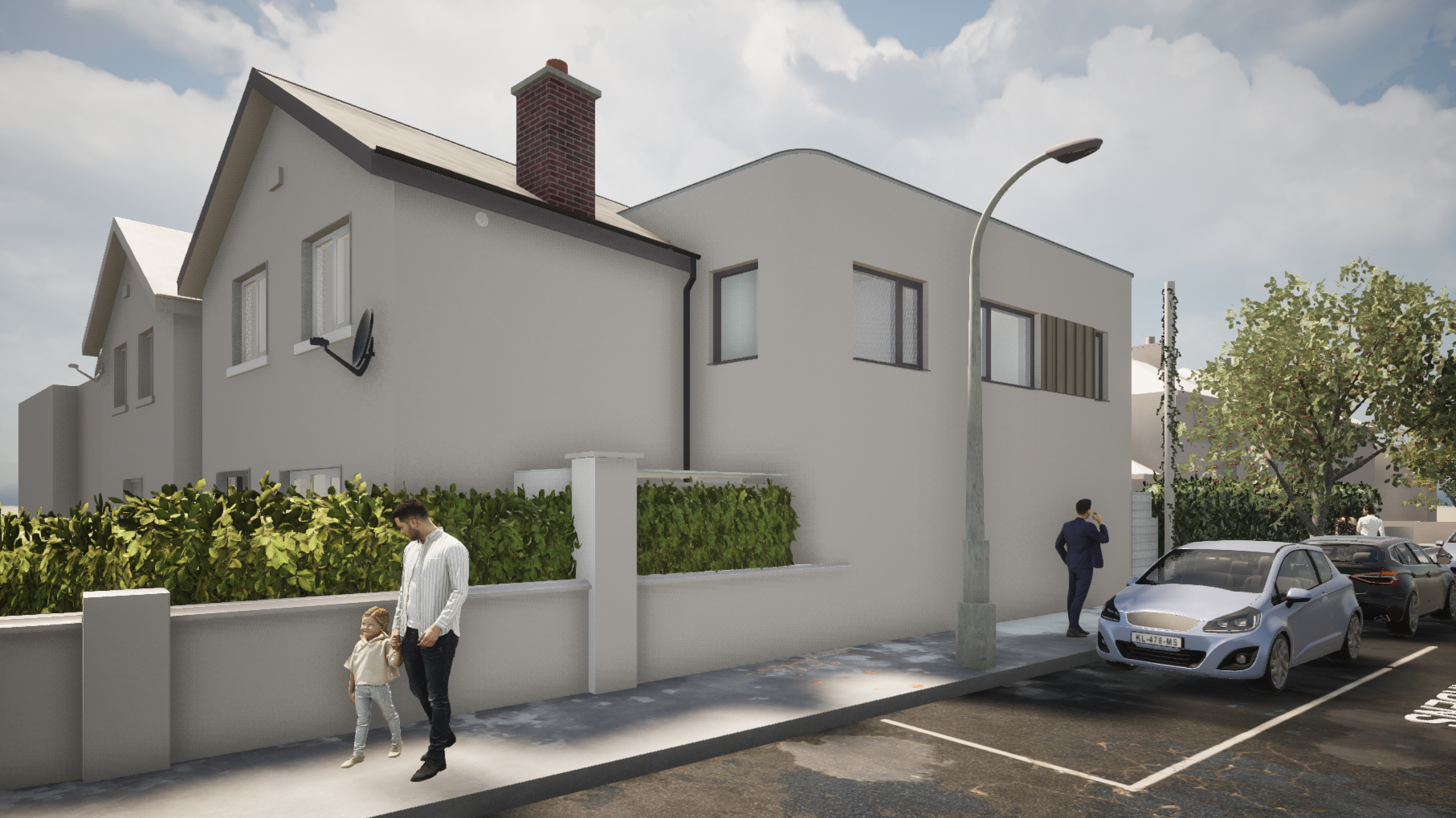
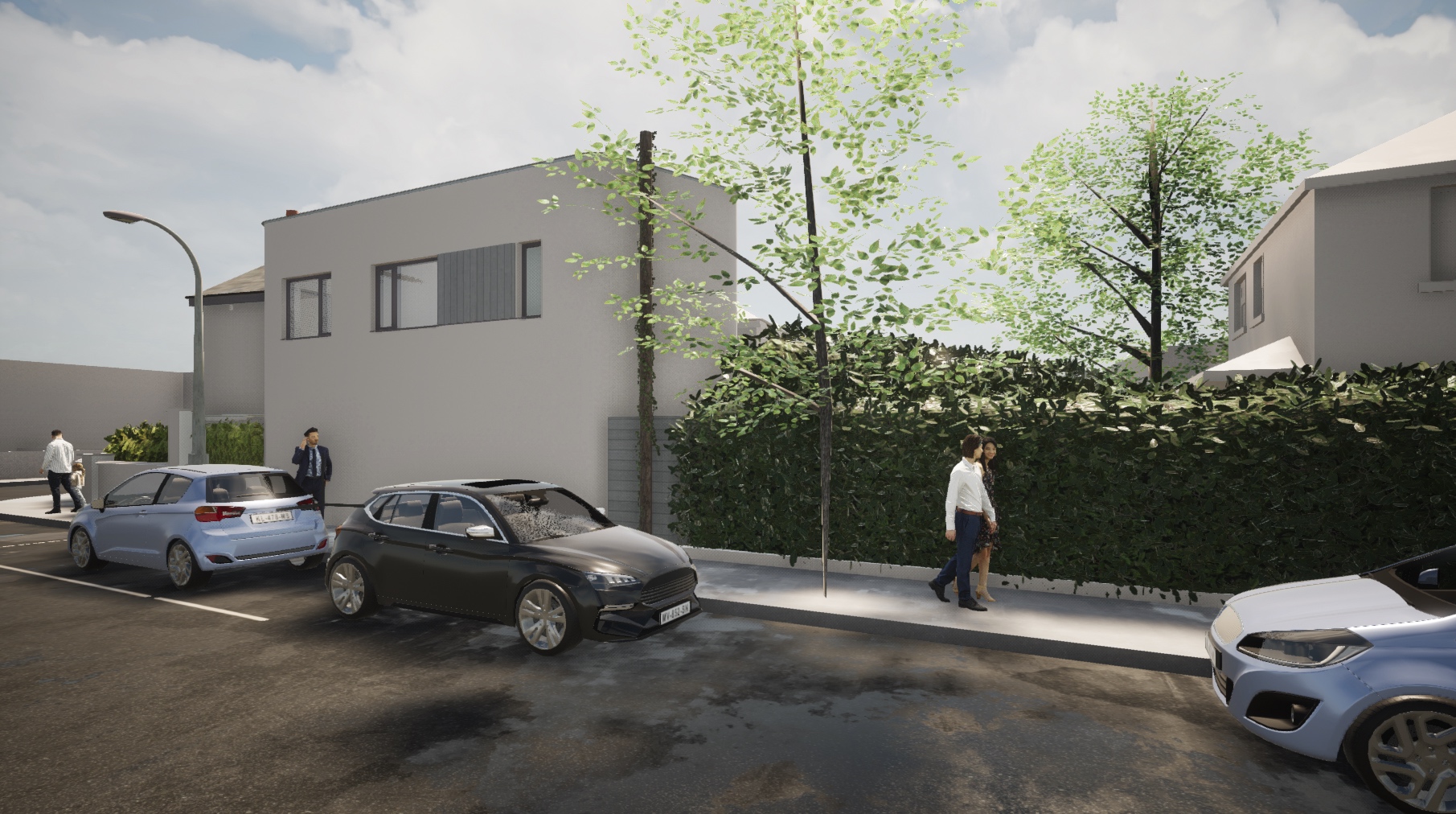
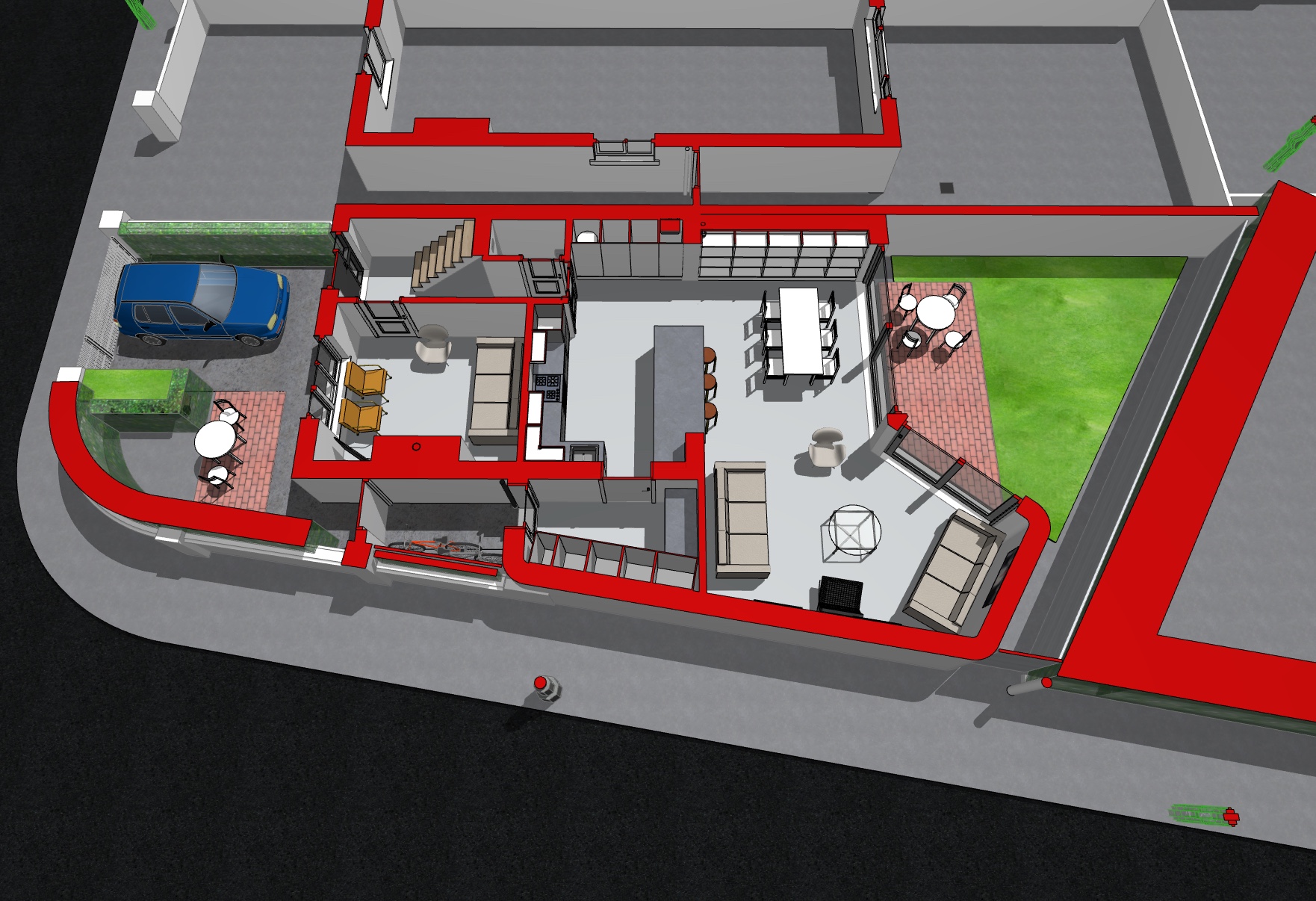
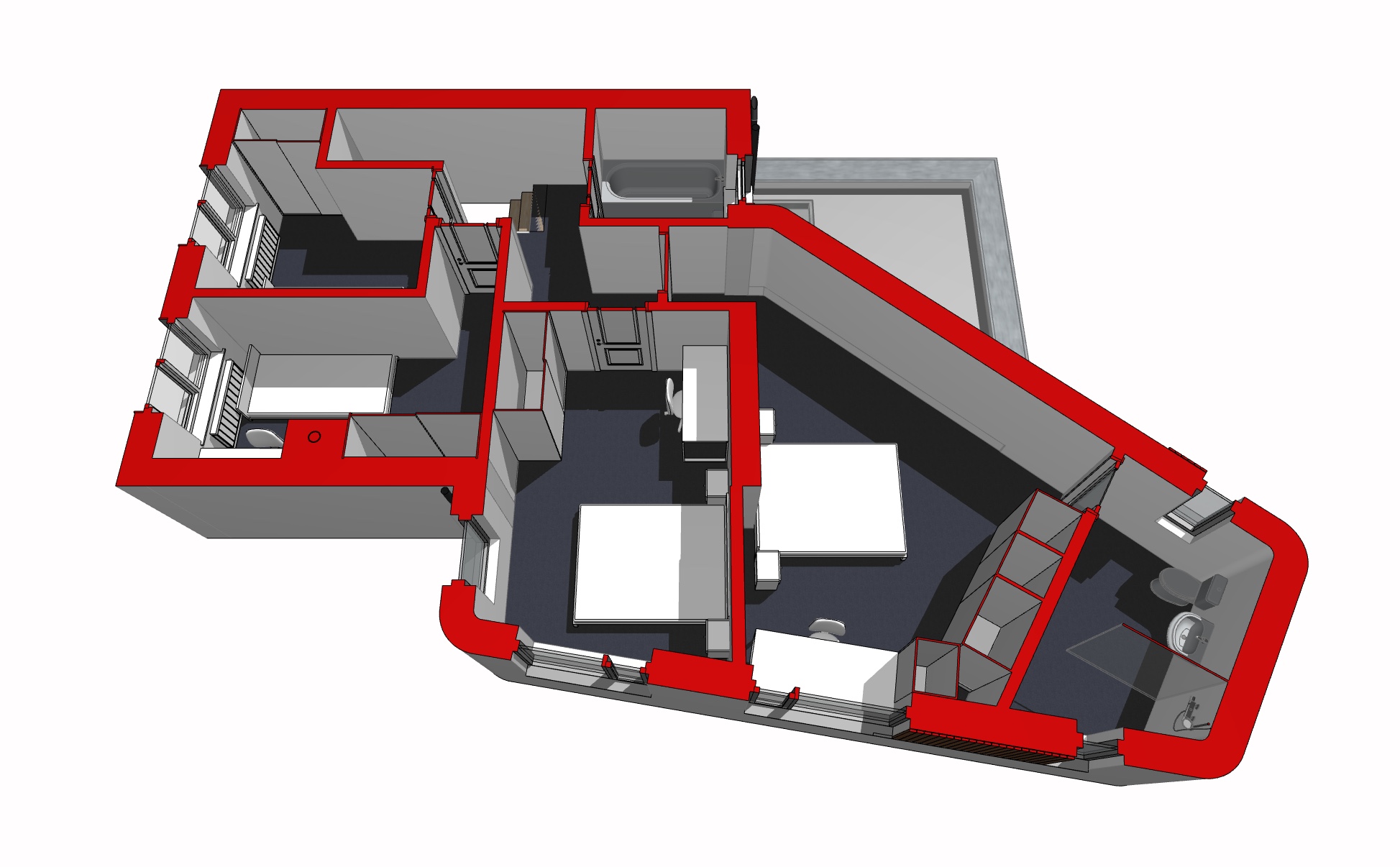
Author: DaNcoylE
Planning Permission granted for house in Dublin 8
Full Planning Permission has recently been granted for a new proposed Passive House in Portobello, Dublin 8.
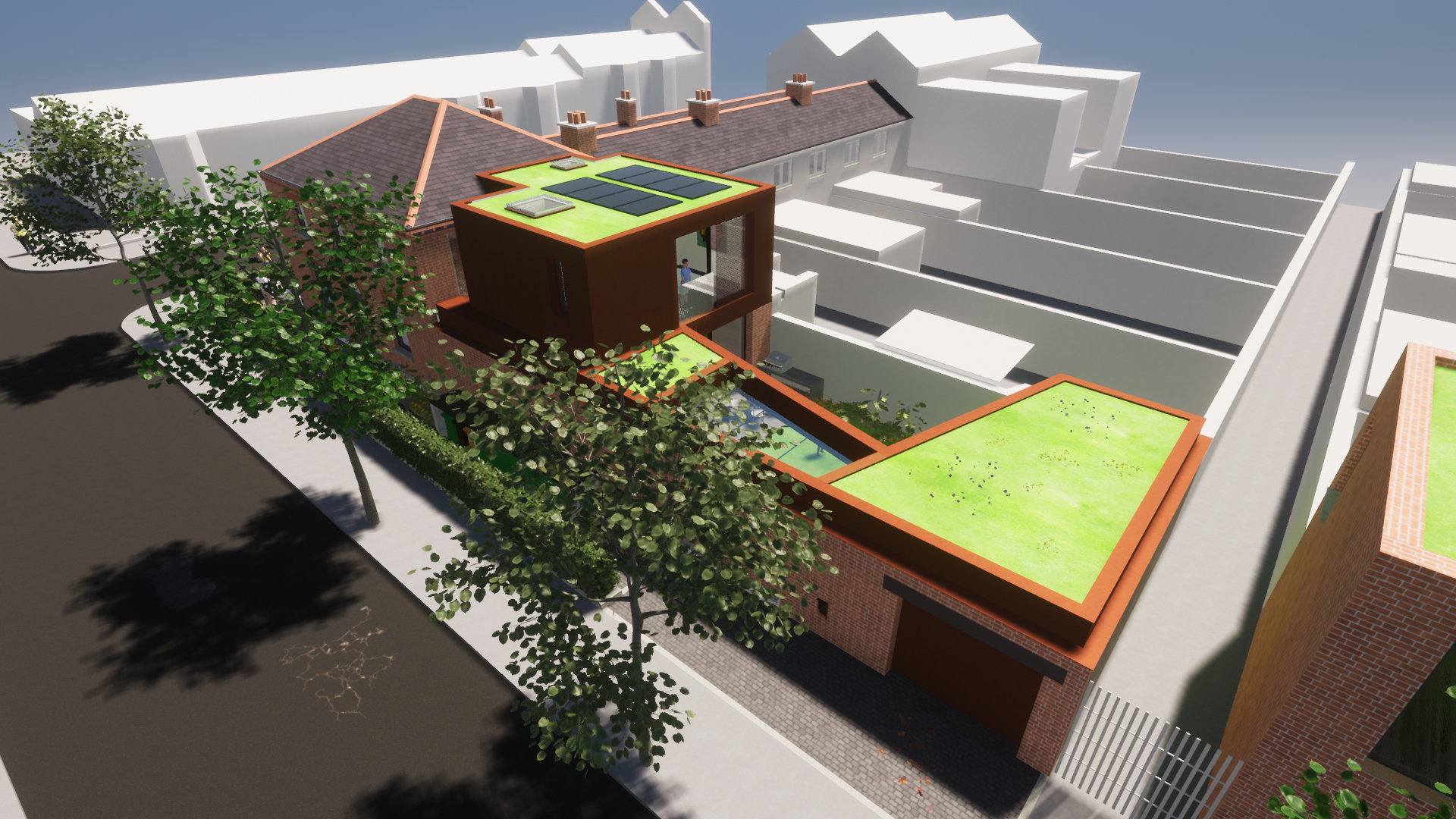
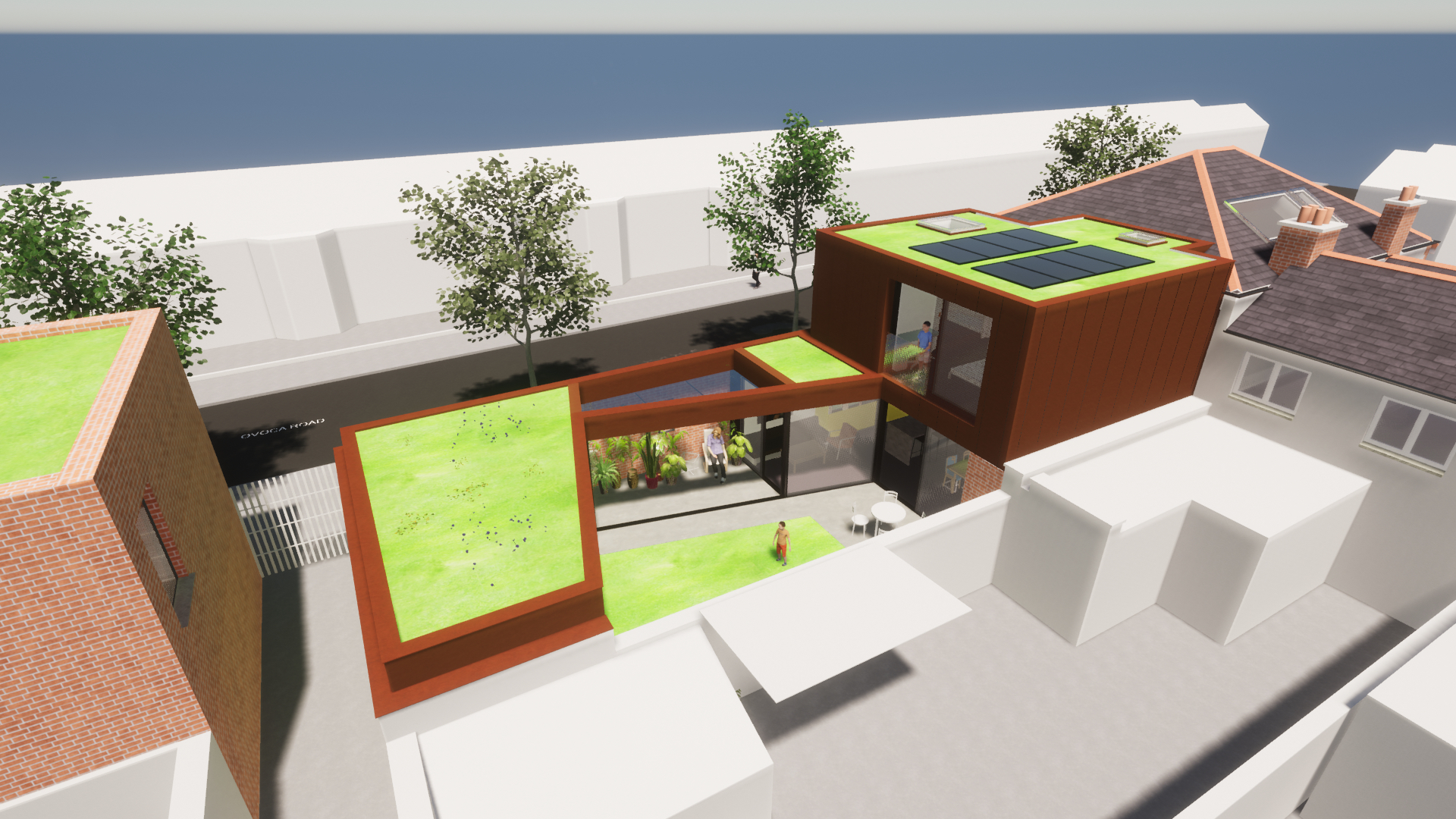
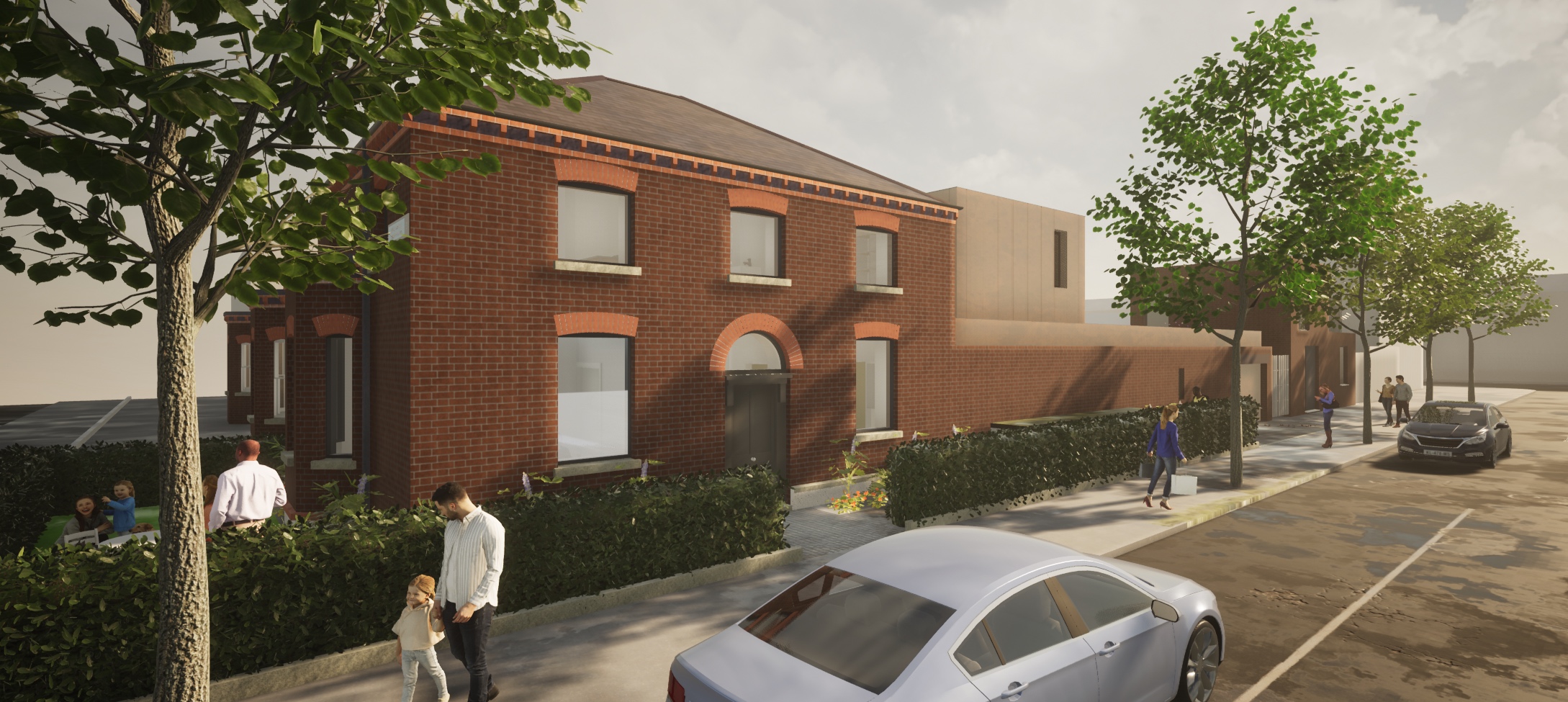
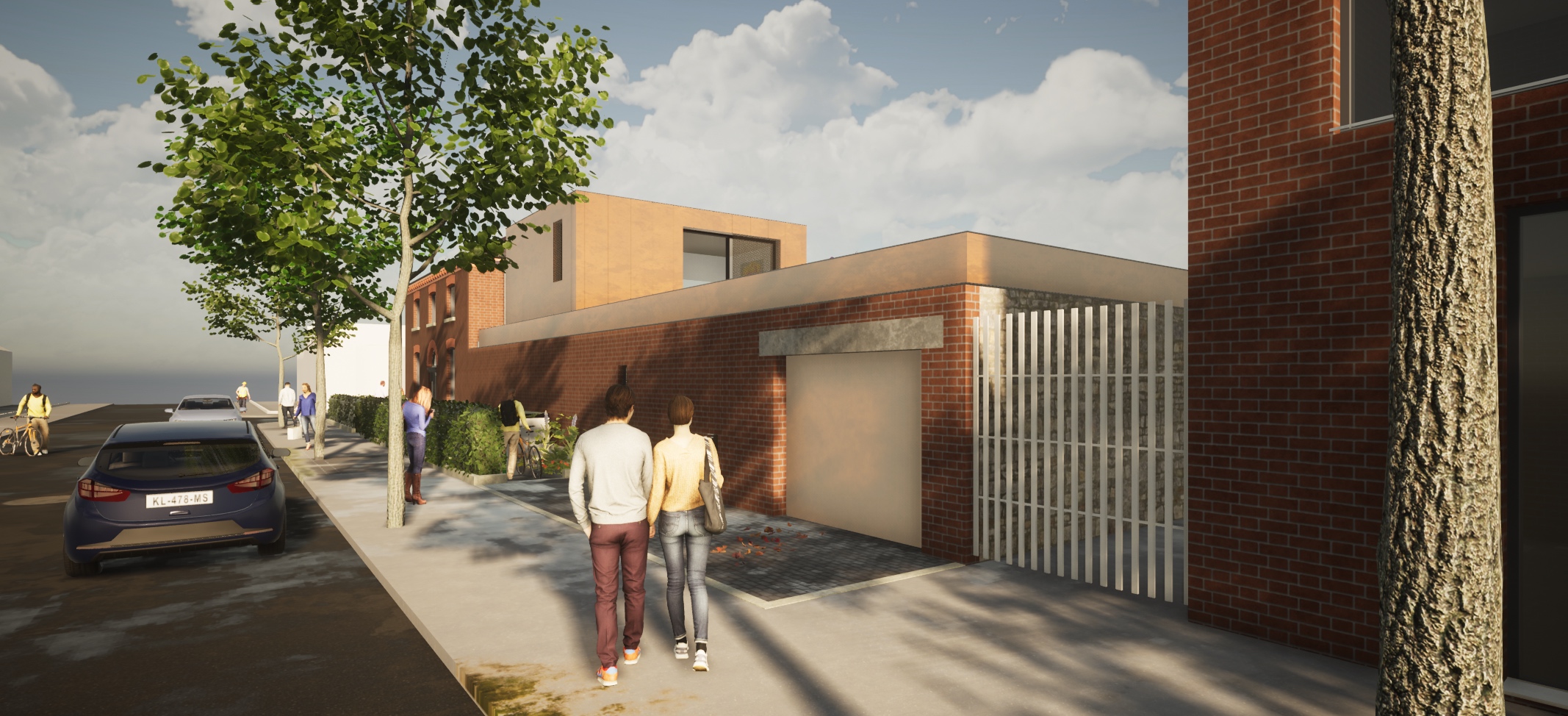
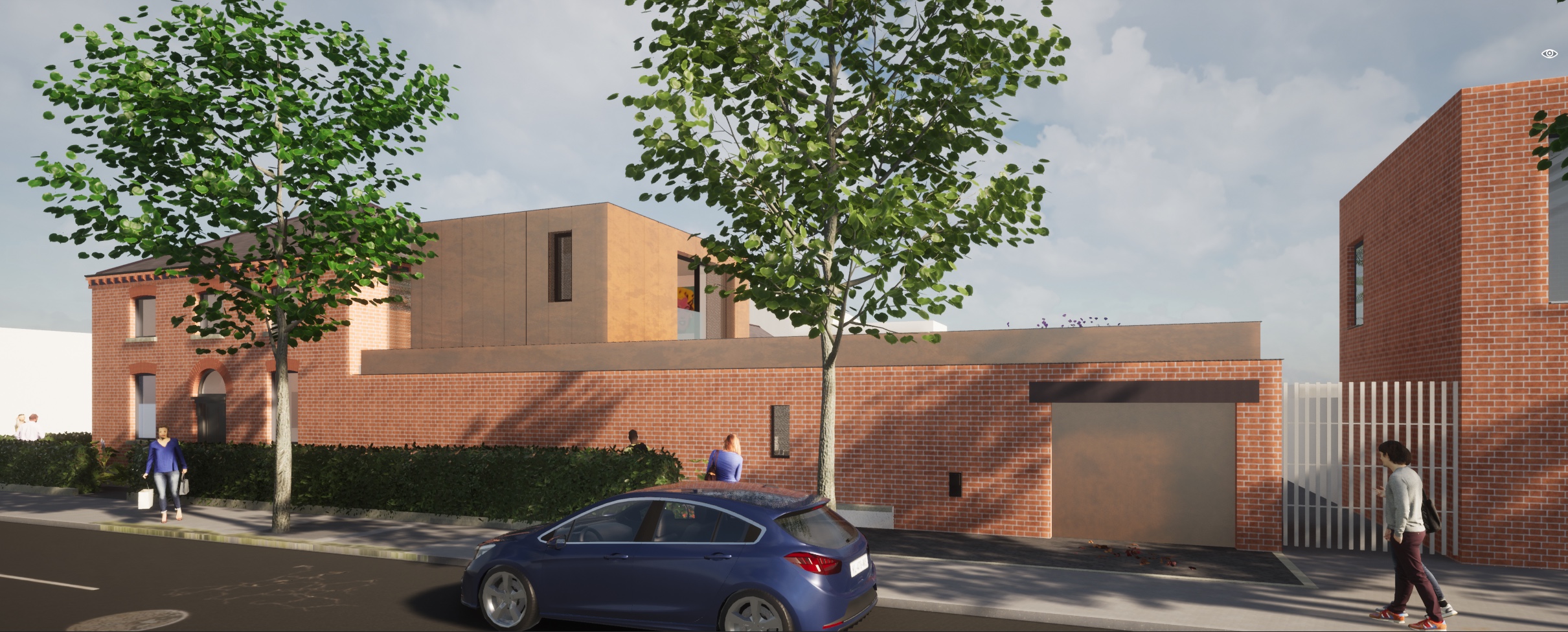
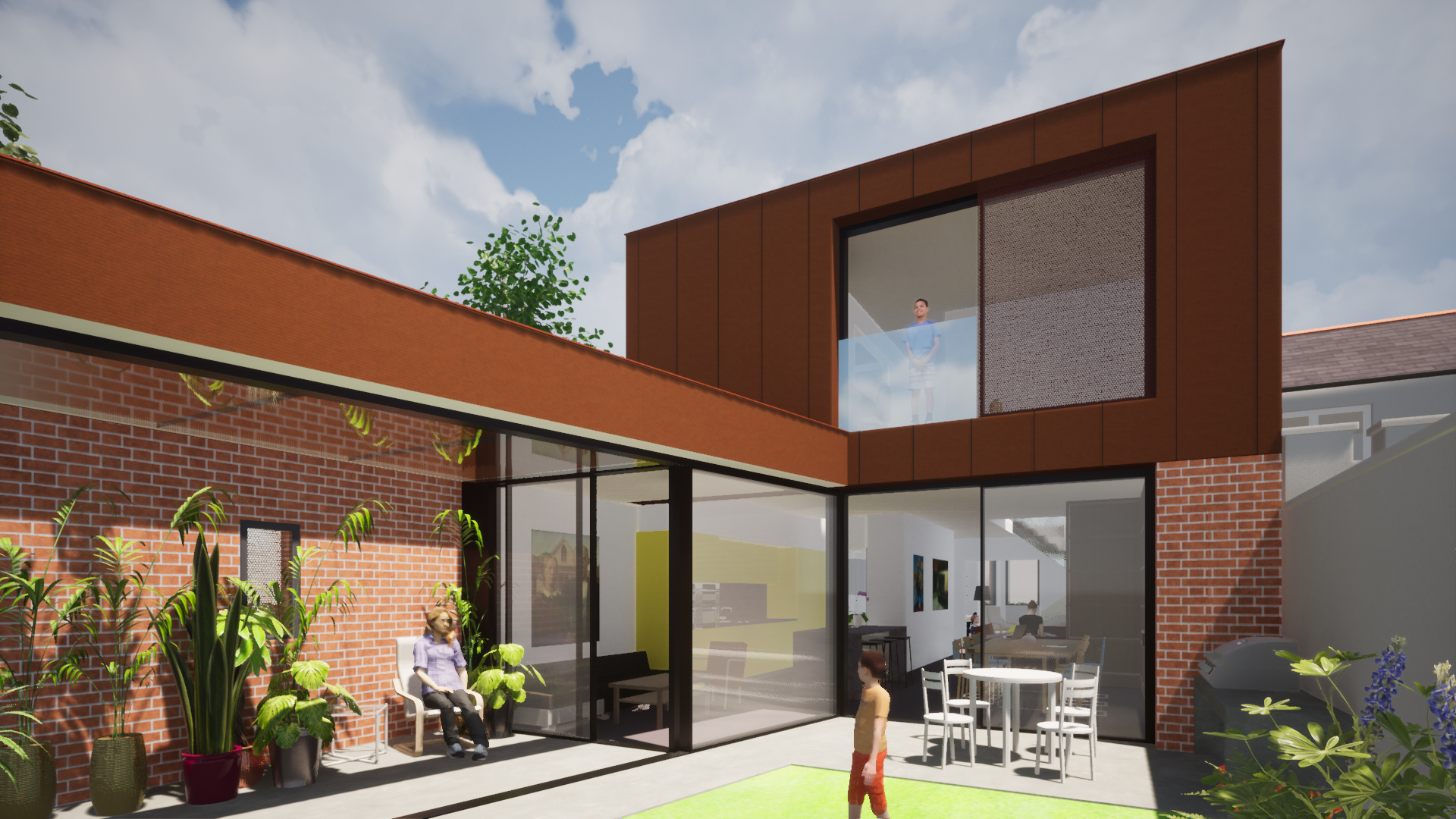
Passive House + magazine feature
Our NZEB deep retrofit and extension of a Victorian terrace house in Dublin 8 is featured in this months issue of Passive House + magazine
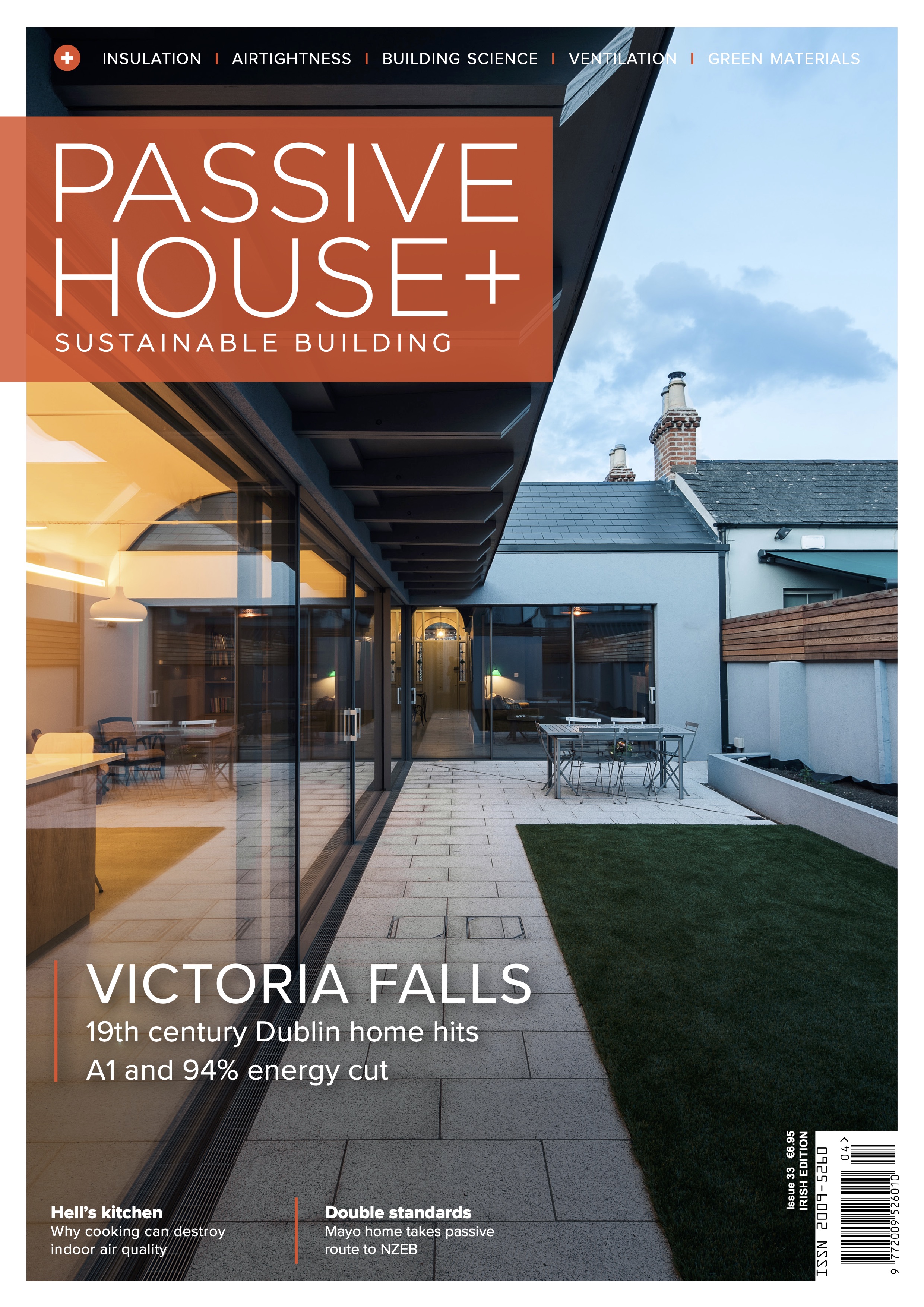
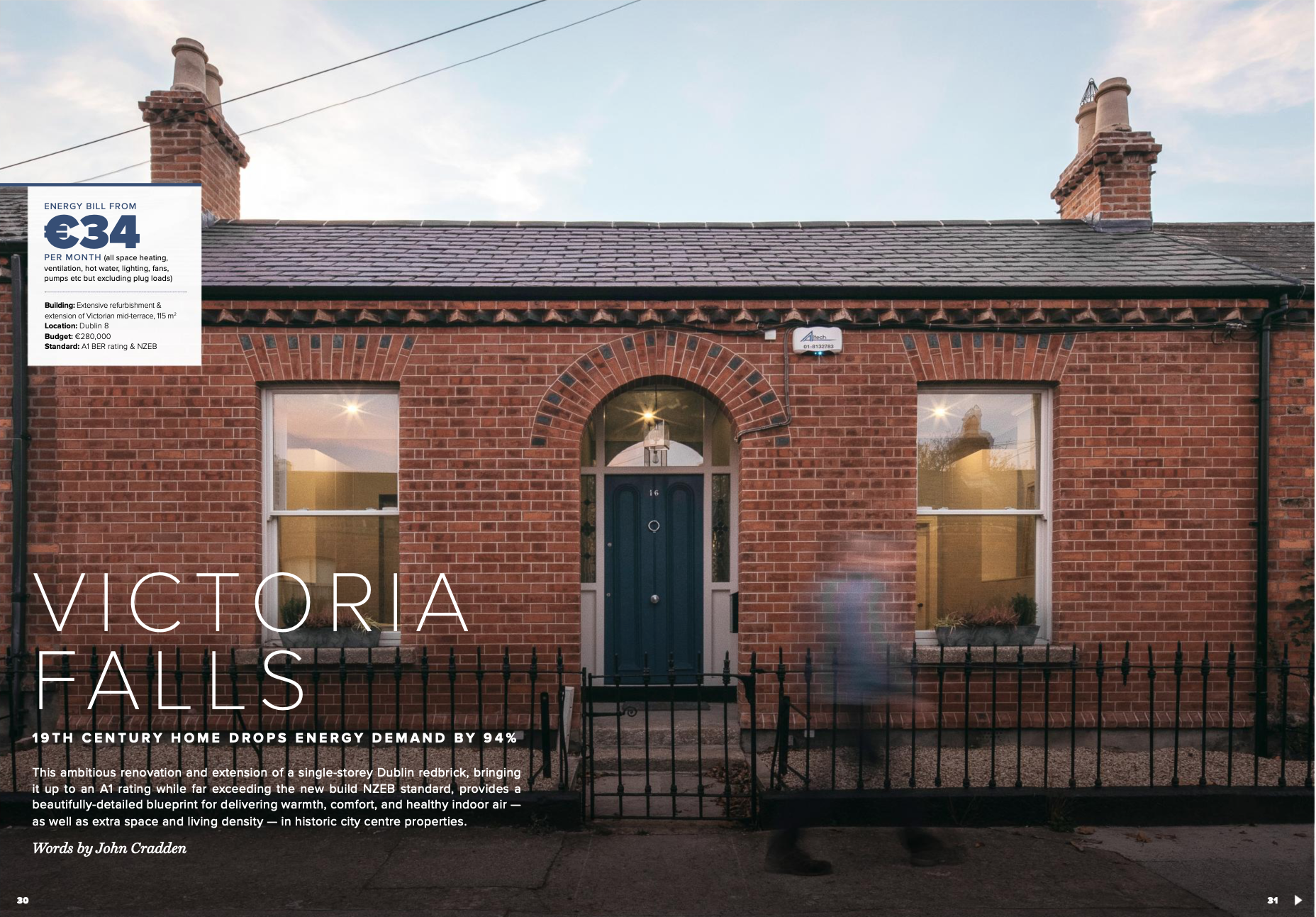
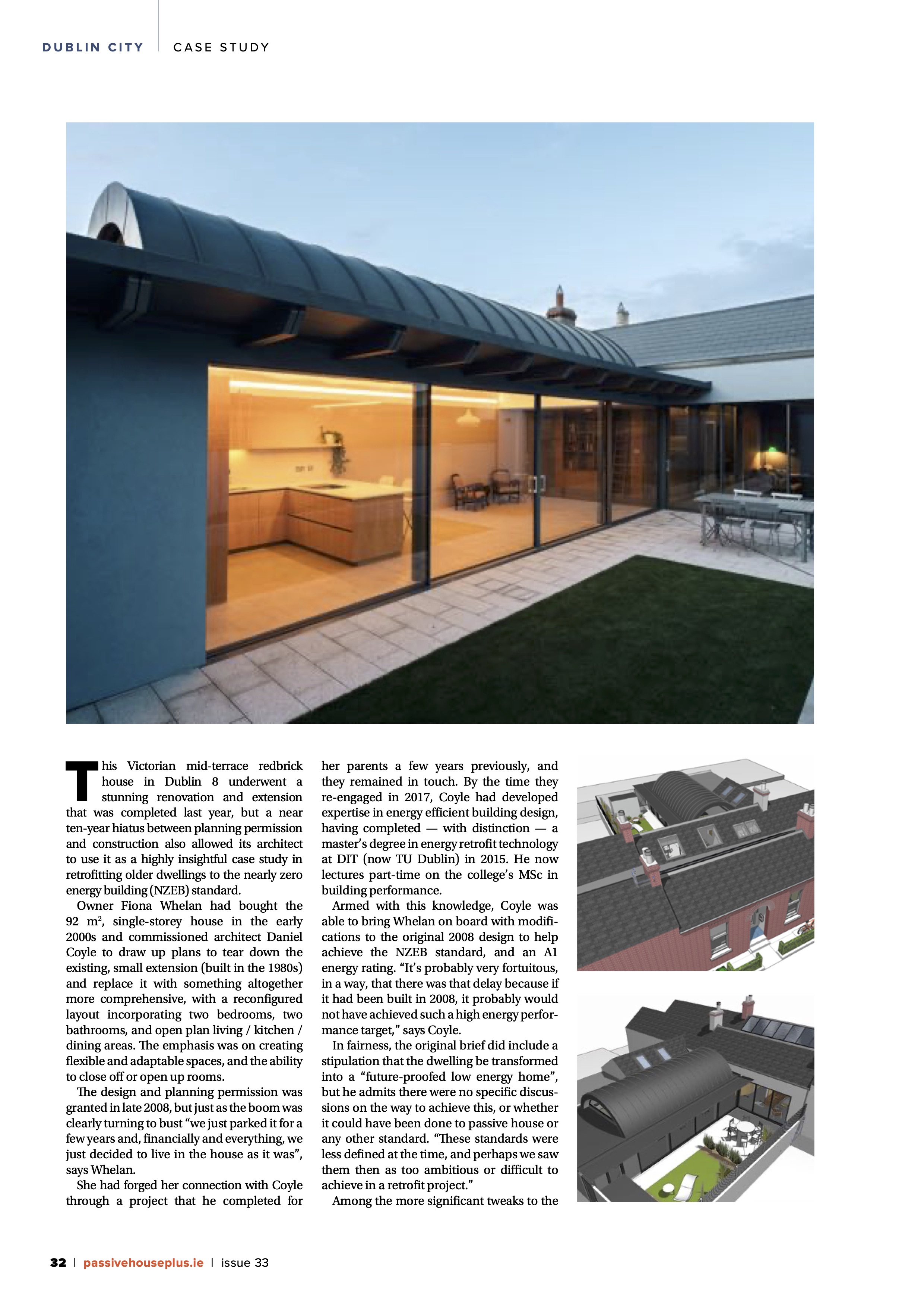
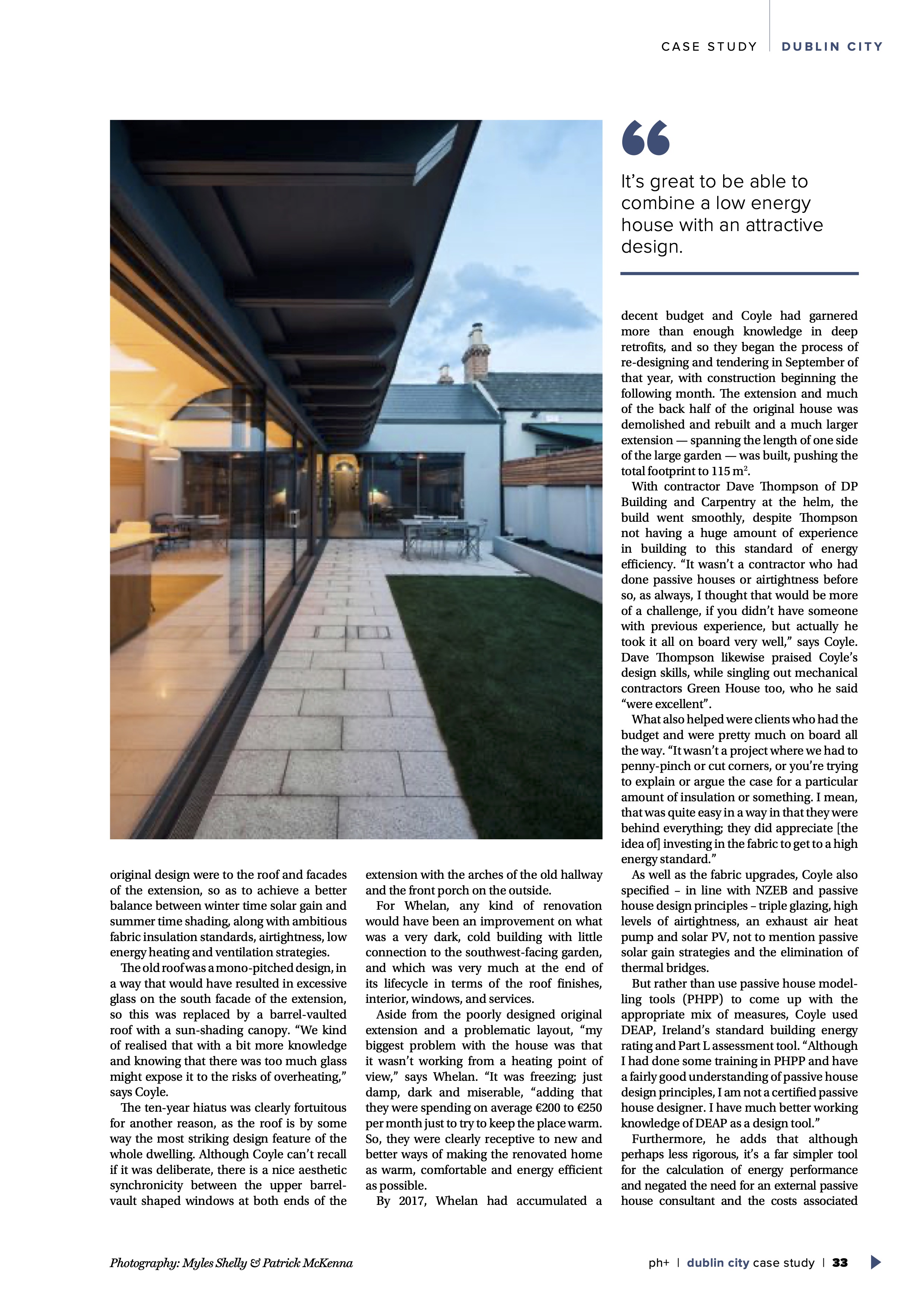
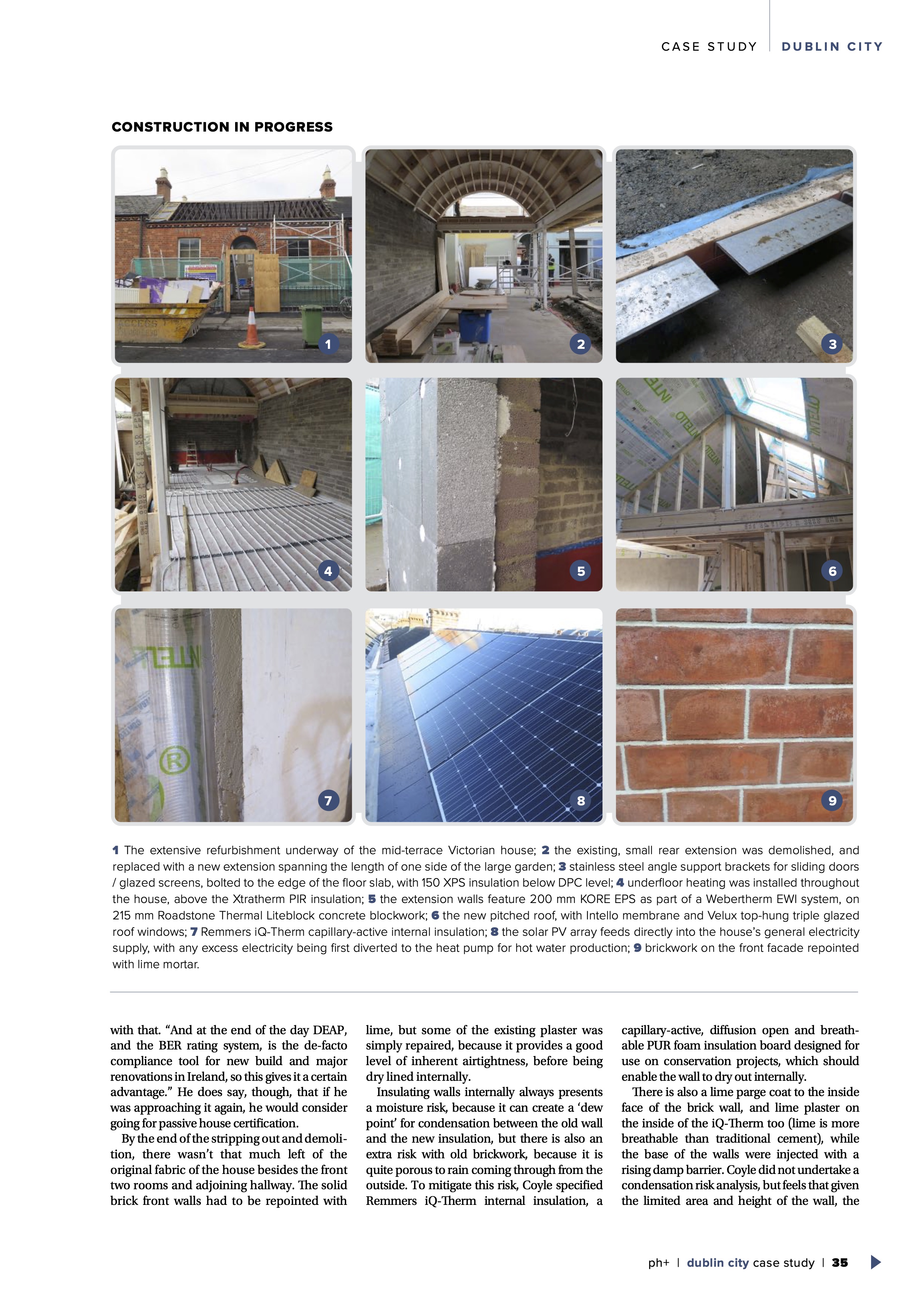
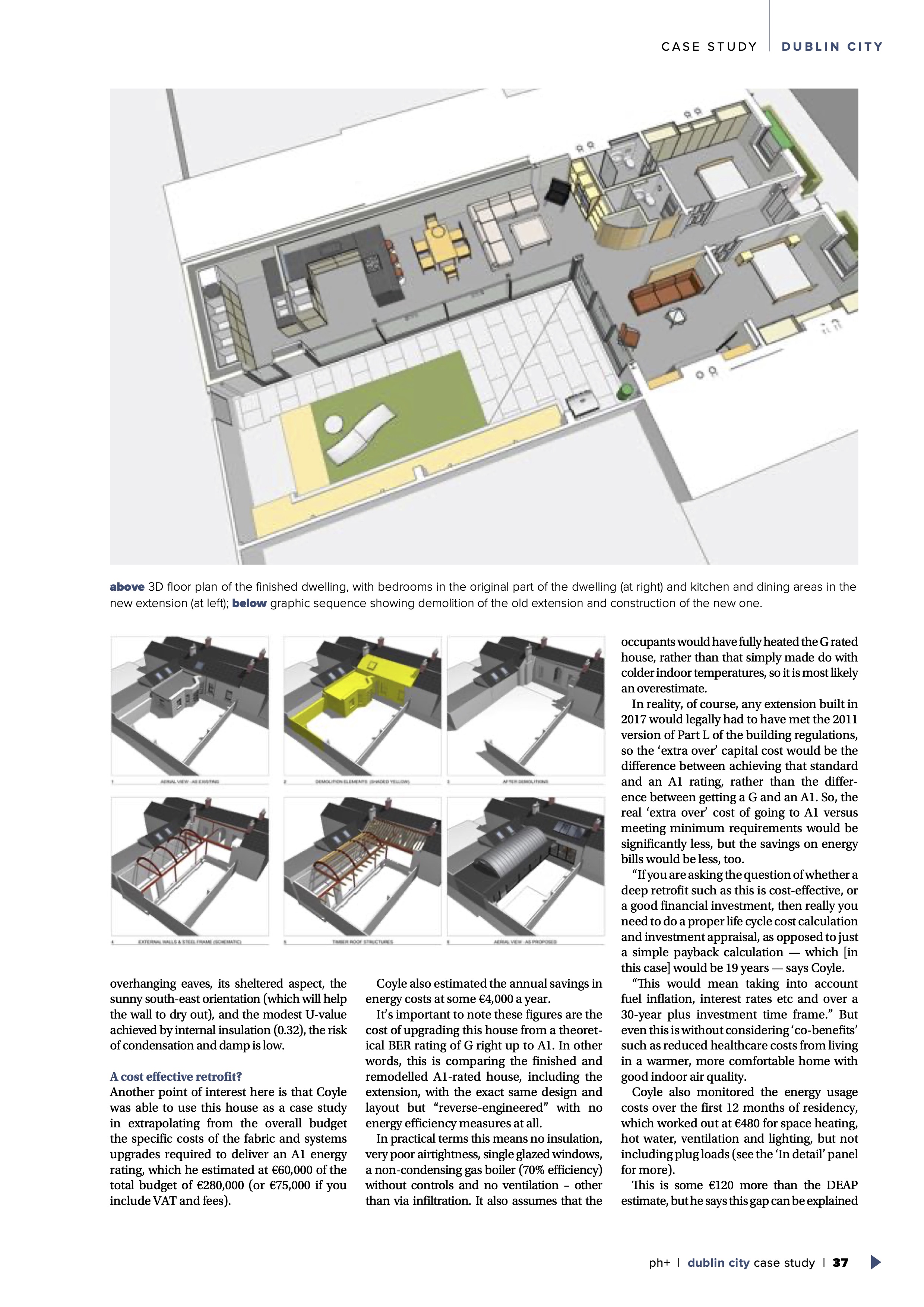
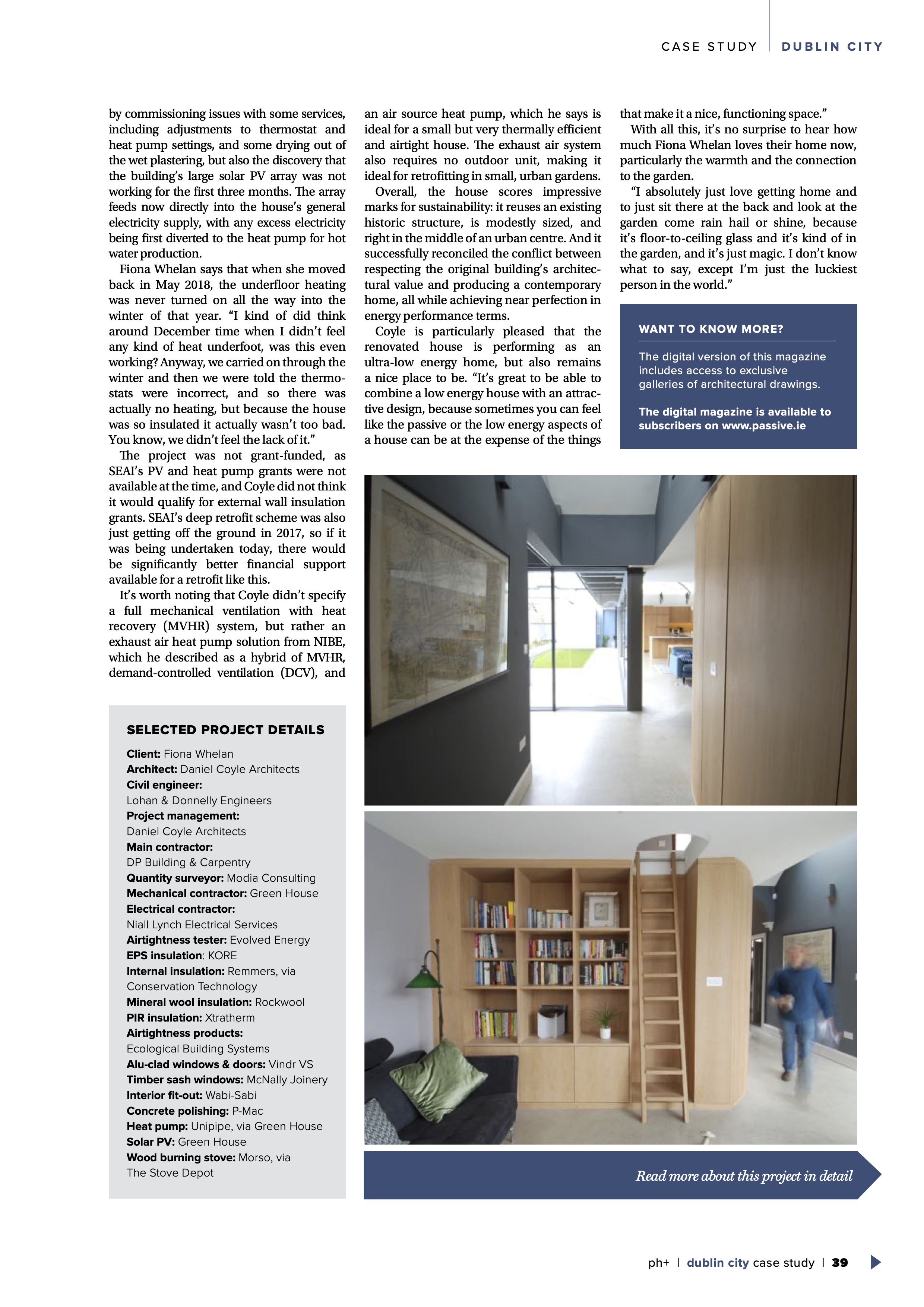
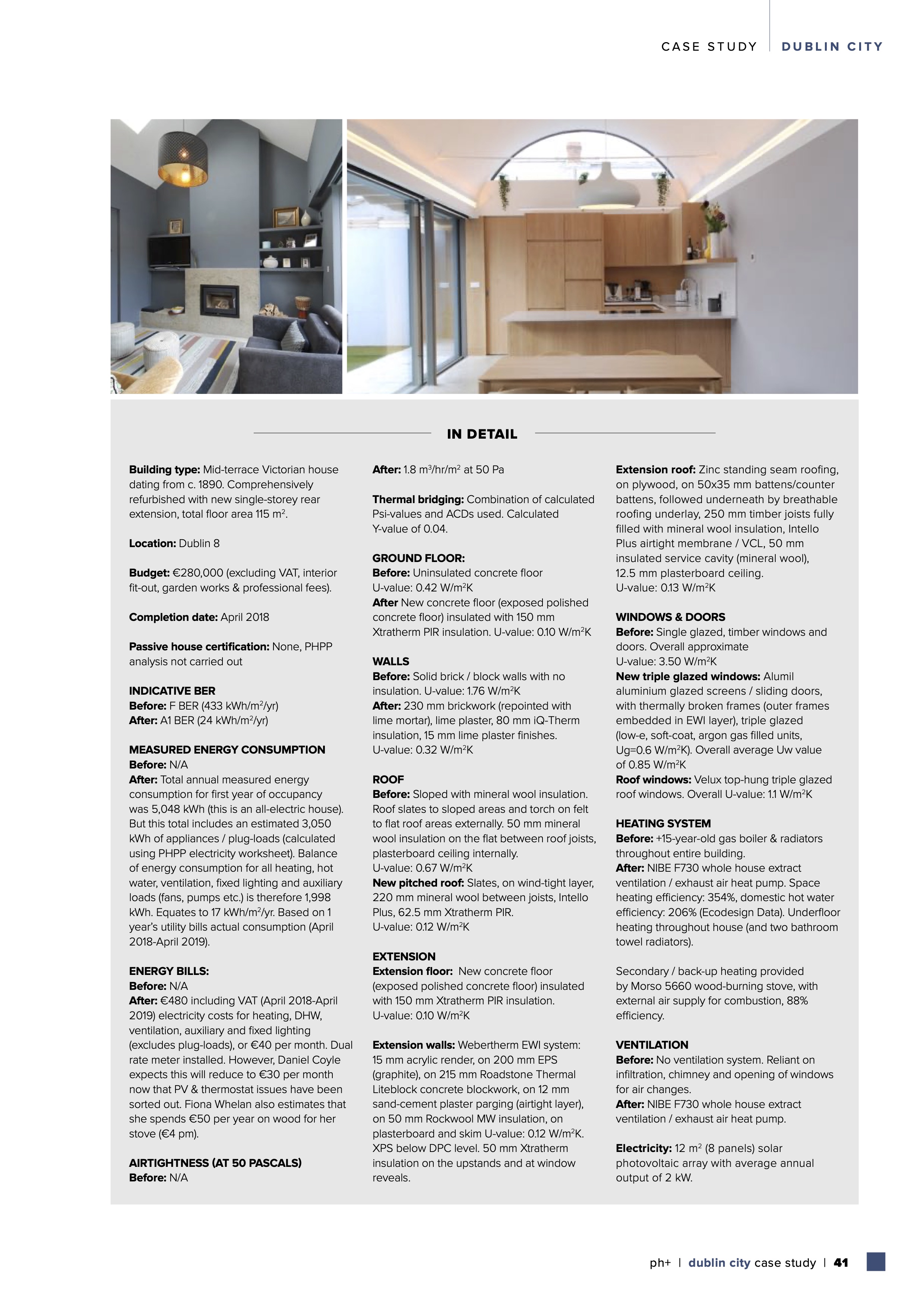
Planning granted for mews house
Planning Permission has been granted by An Bord Pleanala for our NZEB Mews dwelling in Dublin 6. The project proposes the construction of a contemporary three-story mews dwelling to the rear garden of a Protected Structure.

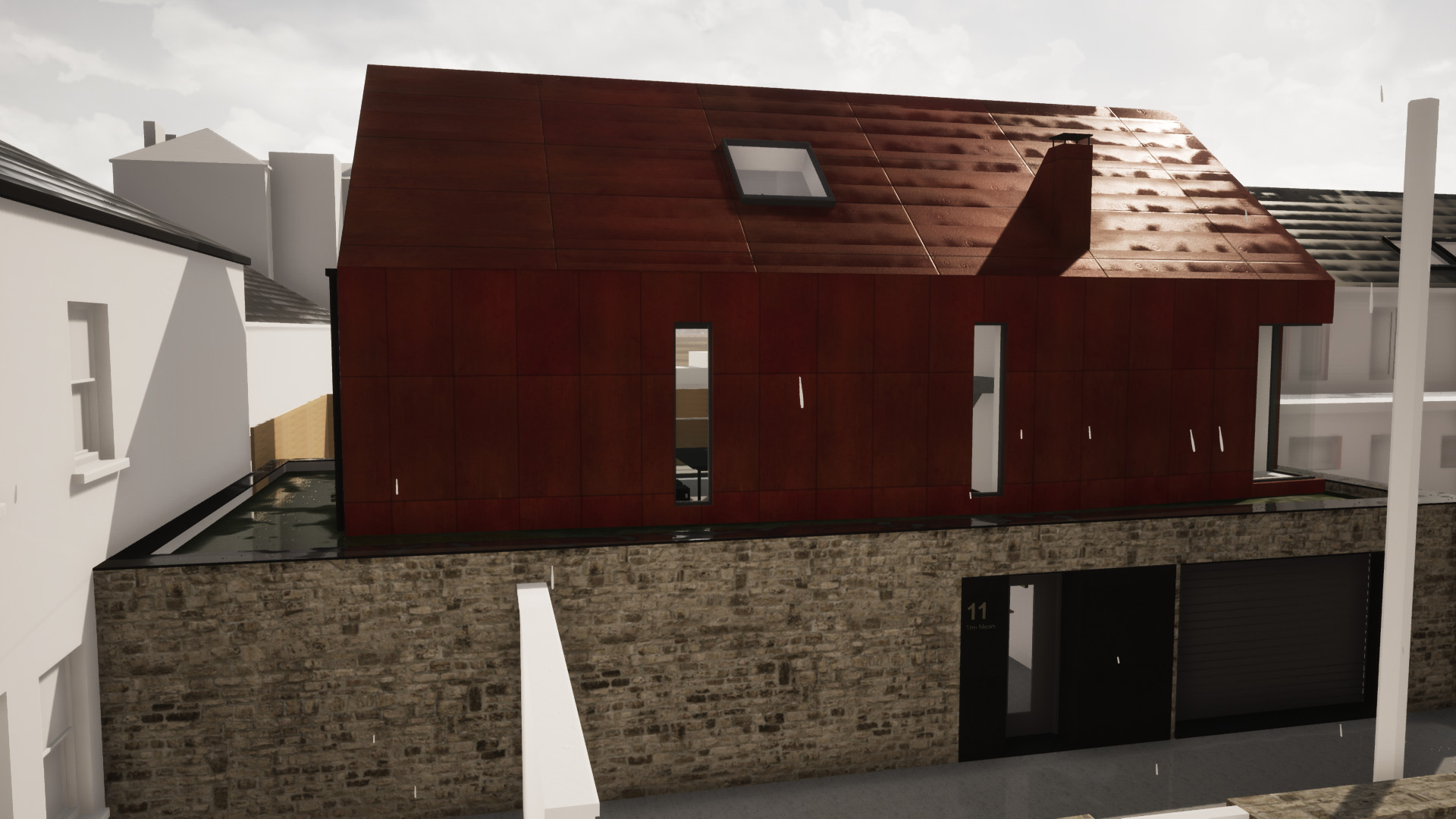
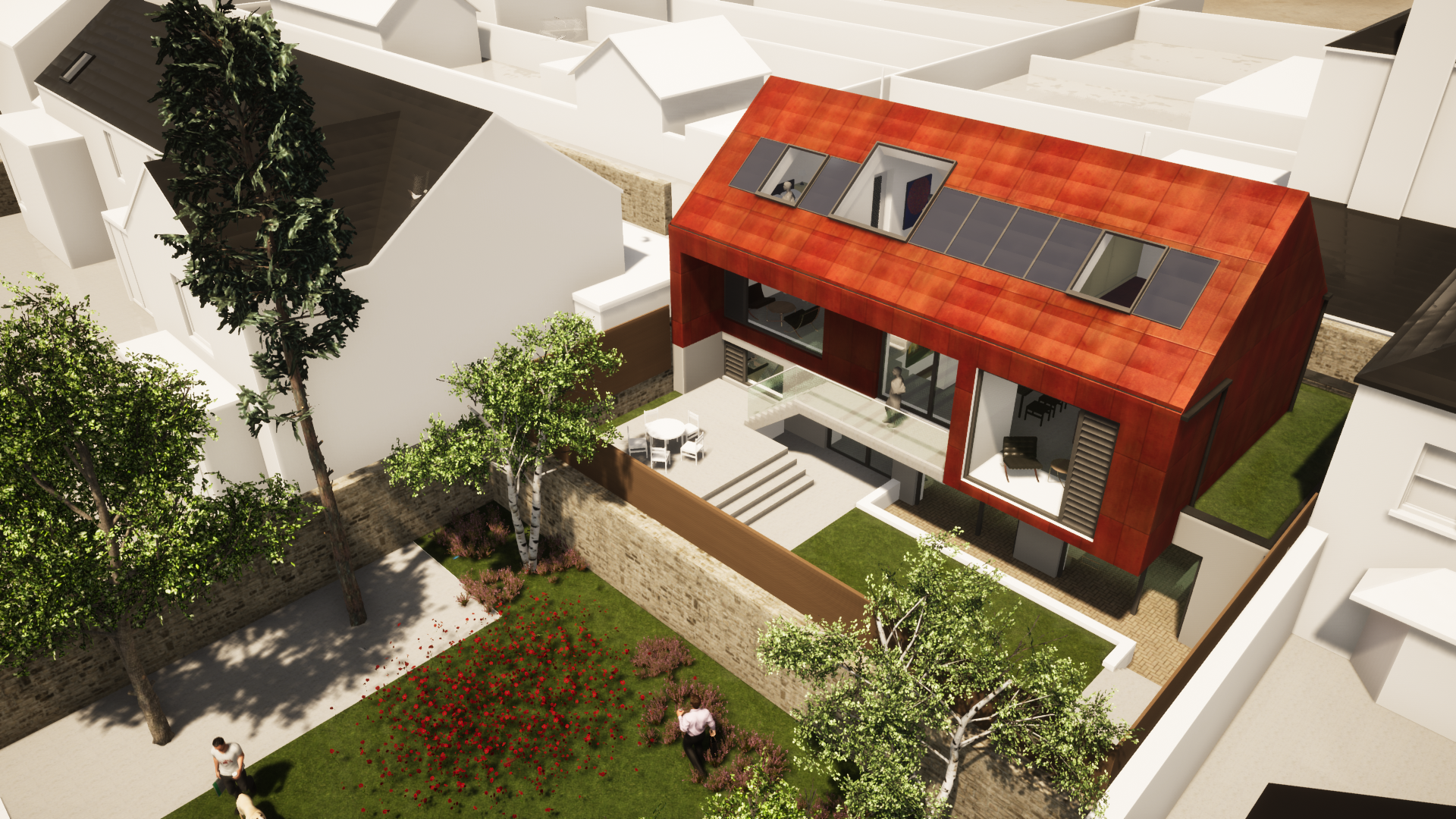
RIAI CPD on NZEB and new TGD Part L
This week Daniel participated in the RIAI CPD on nZEB and Technical Guidance Document Part L (Dwellings) – delivering a presentation on our recently completed A1 rated, nZEB dwelling in Dublin 8, and Cost Optimality of nZEB
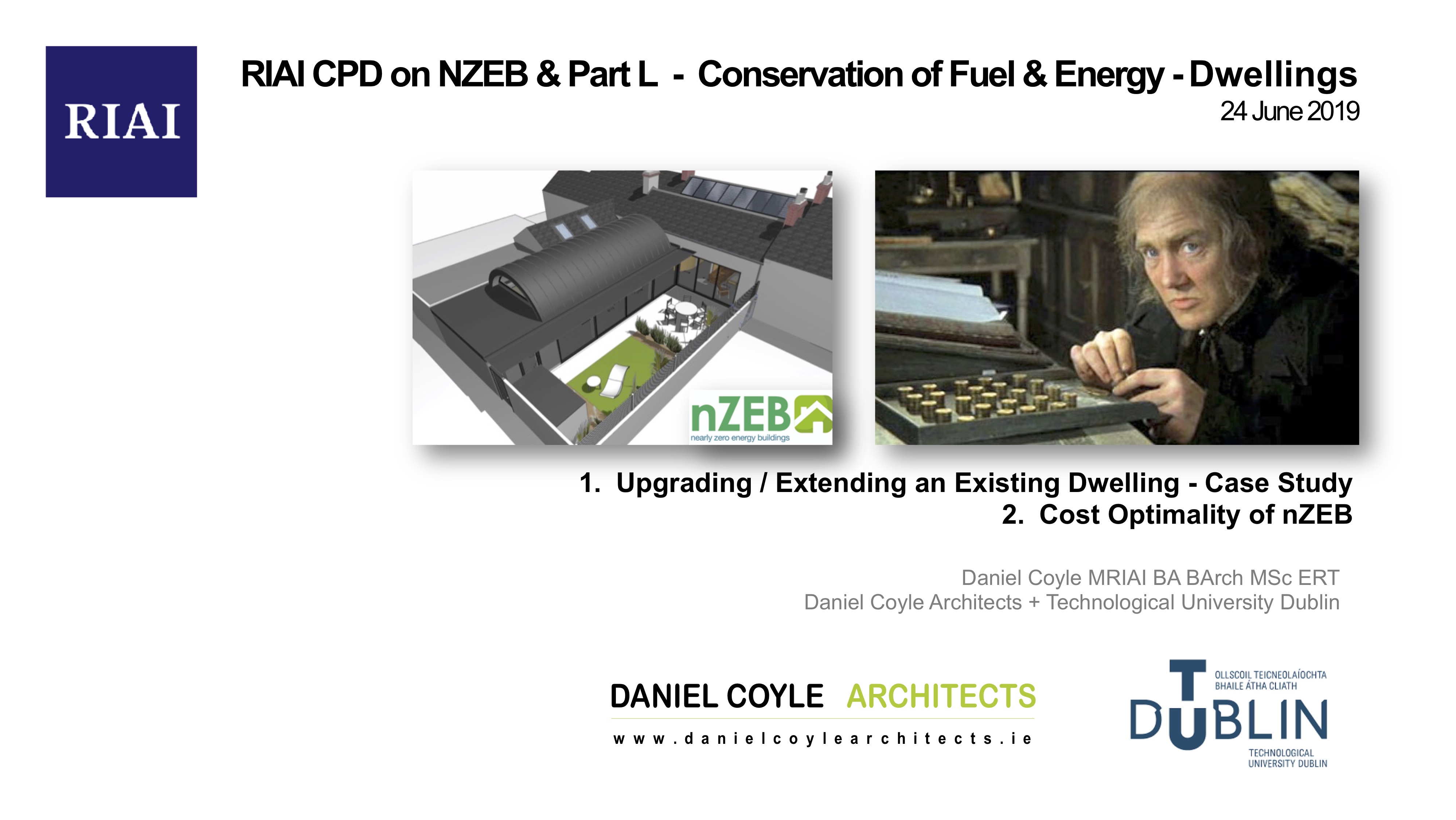
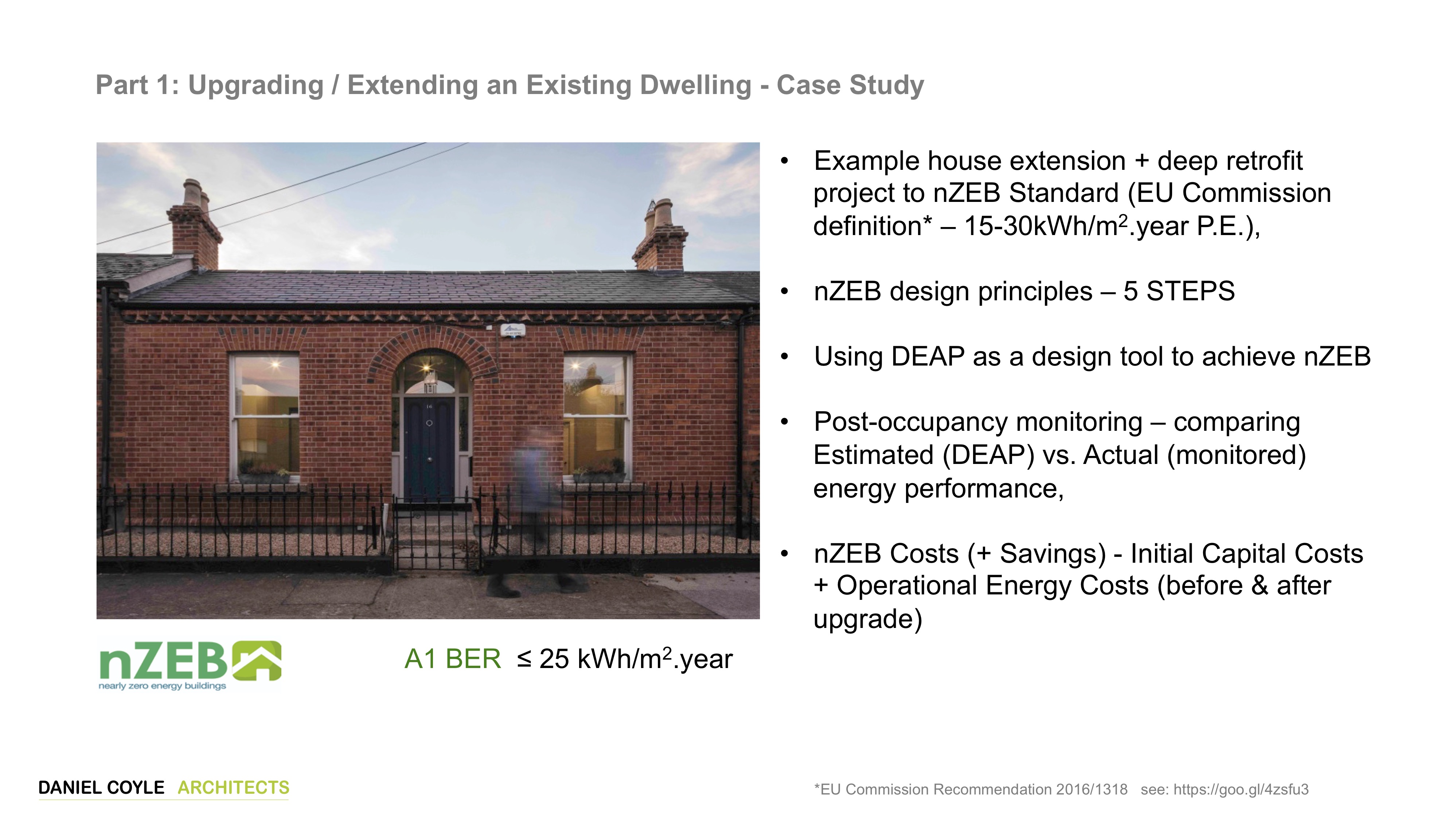
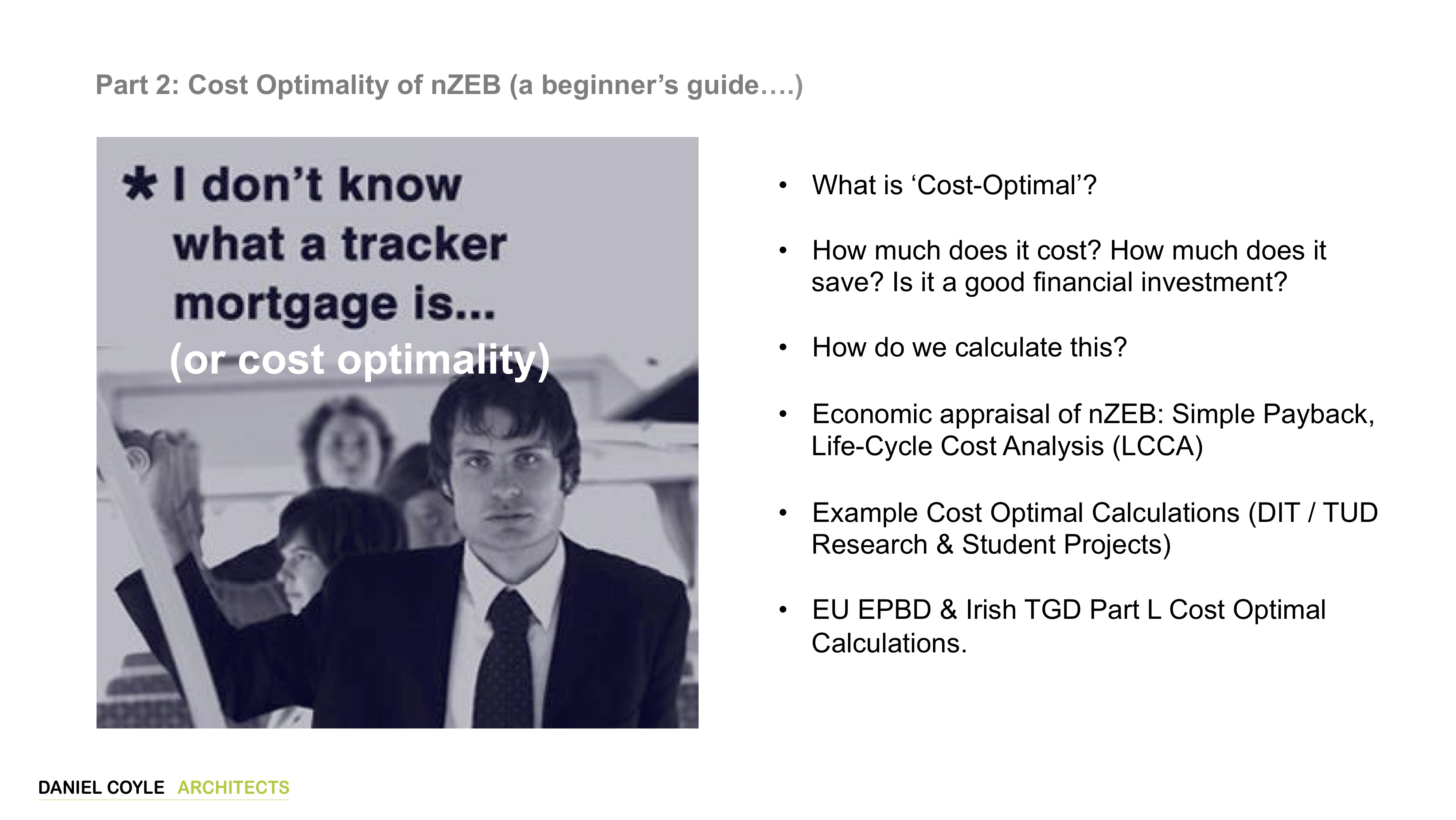
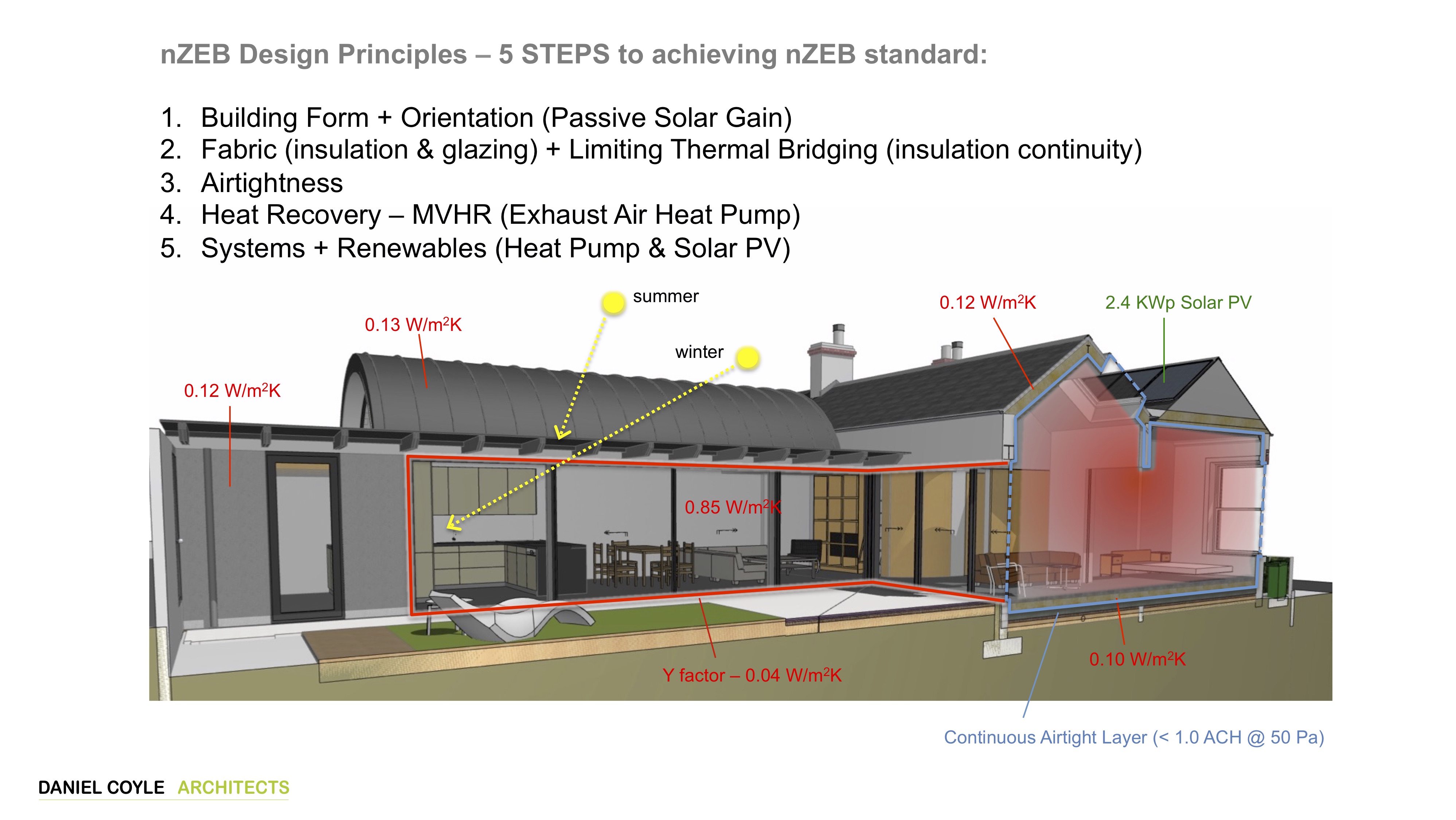
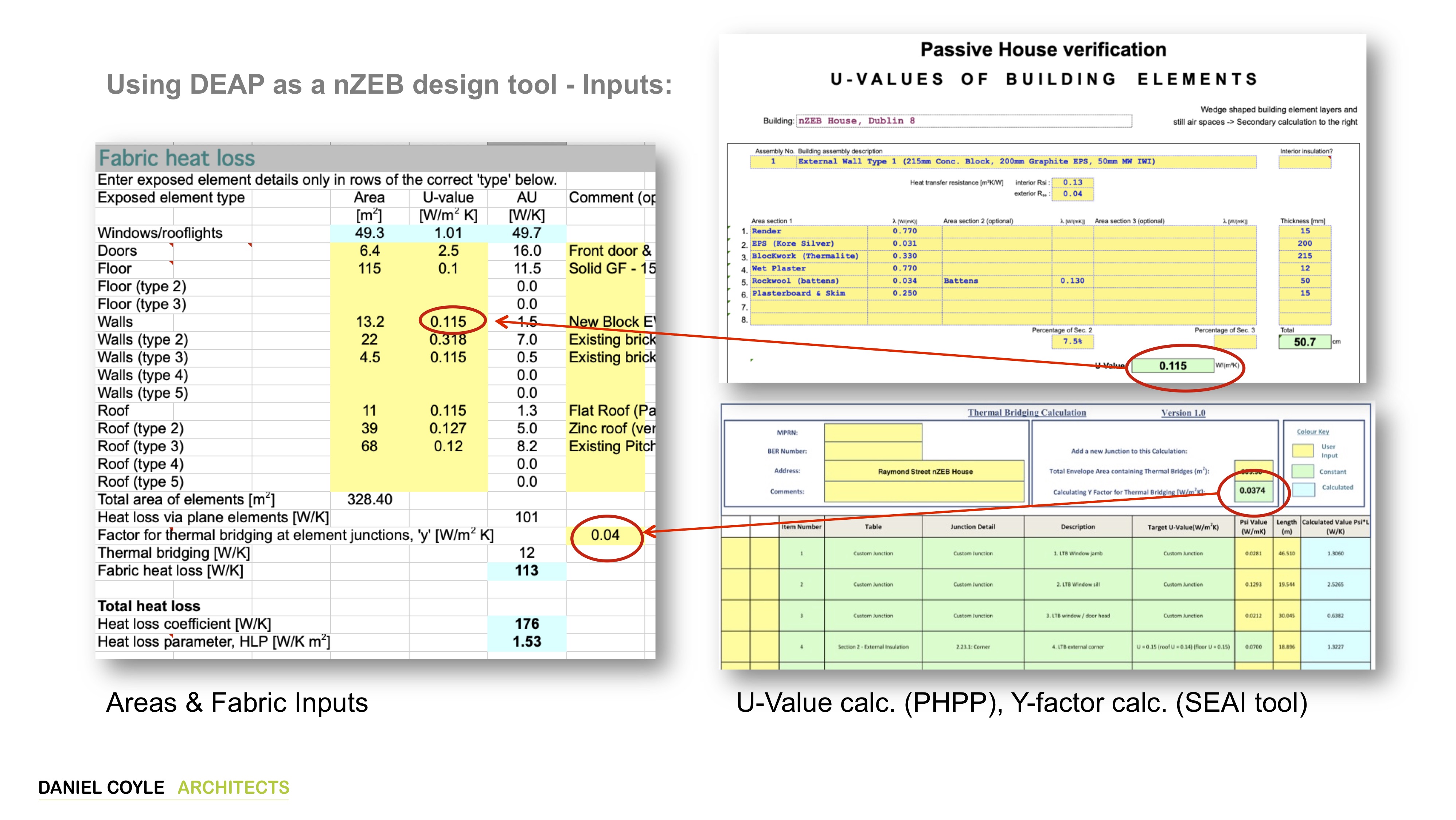
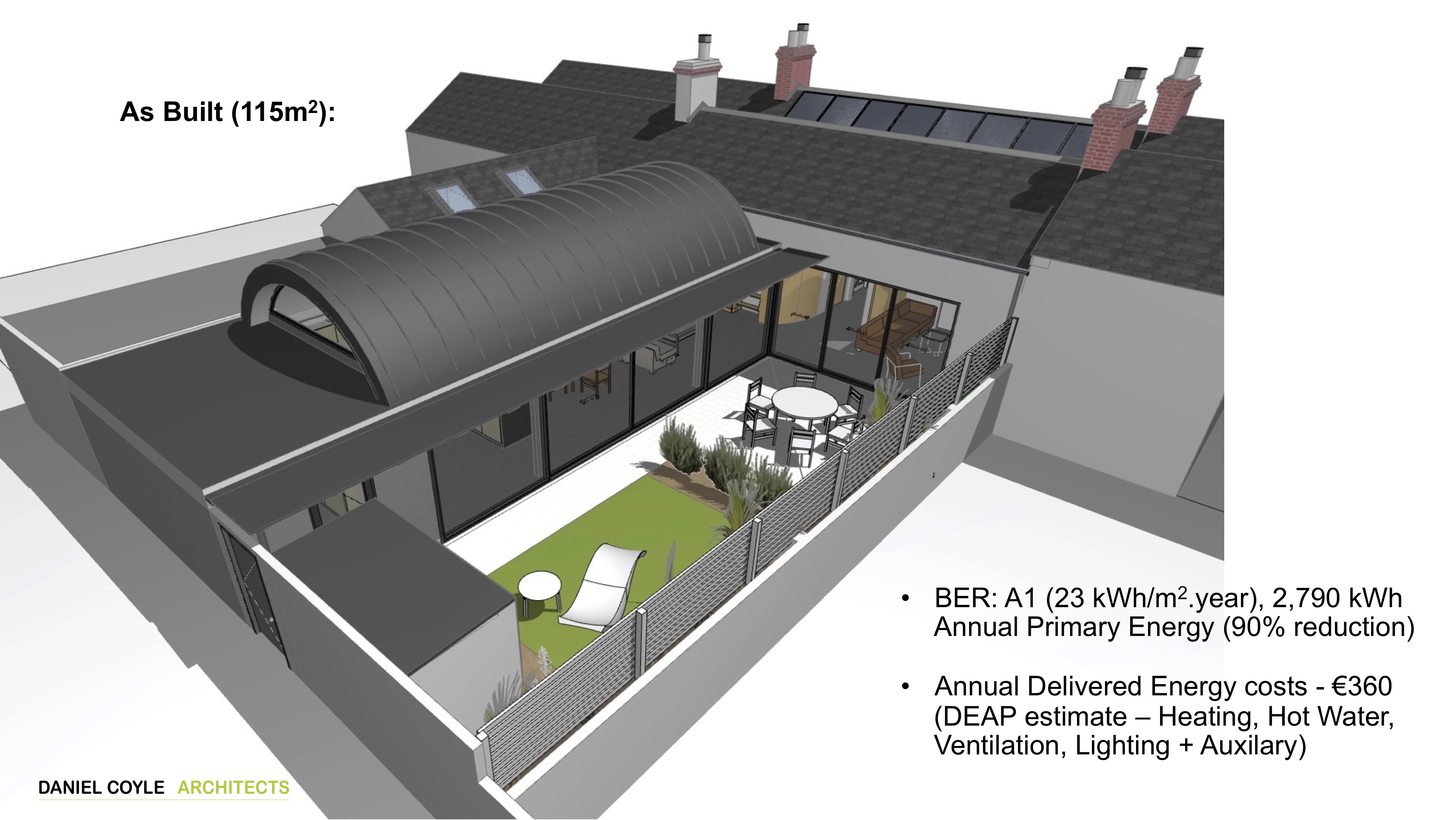
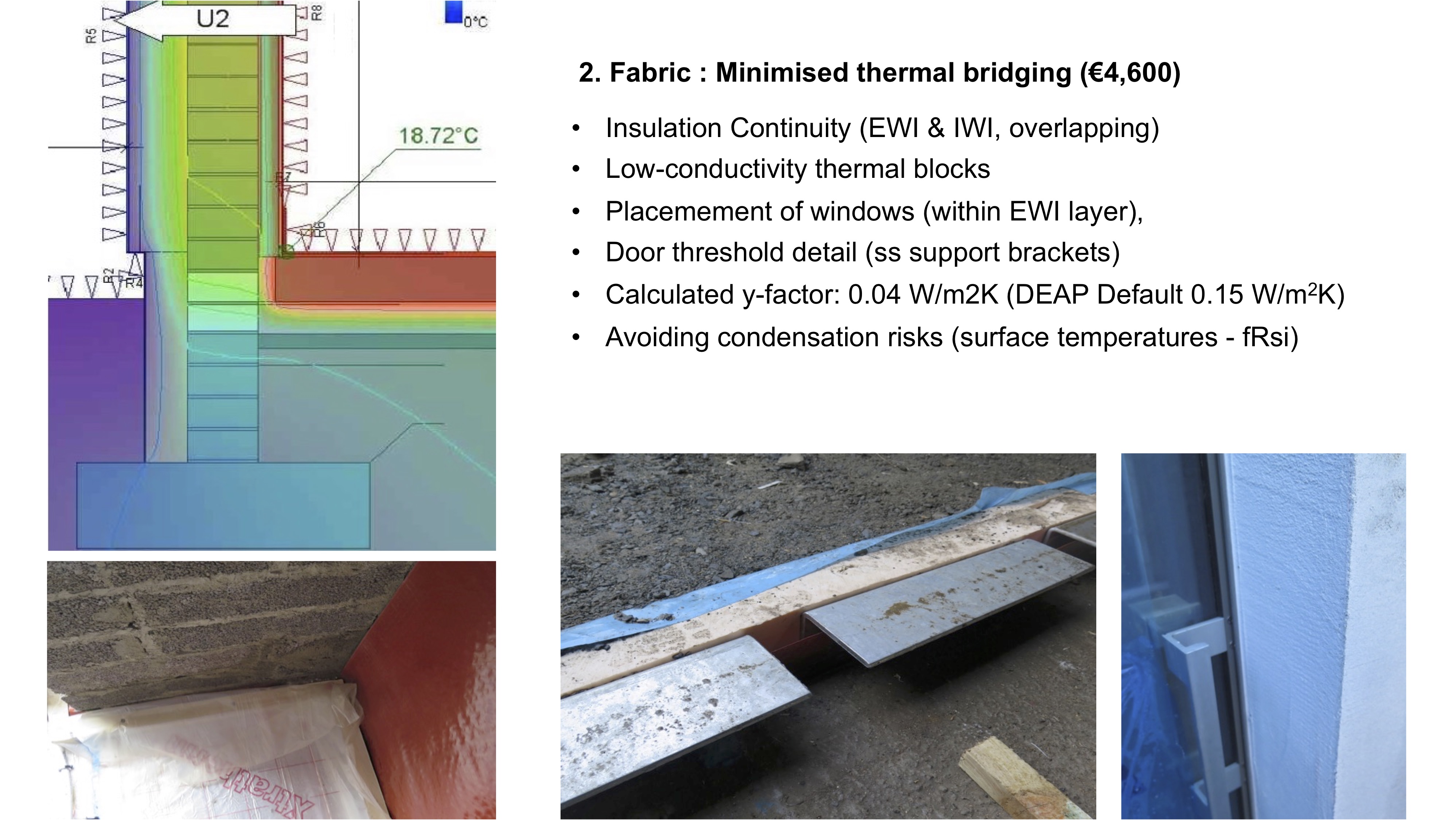
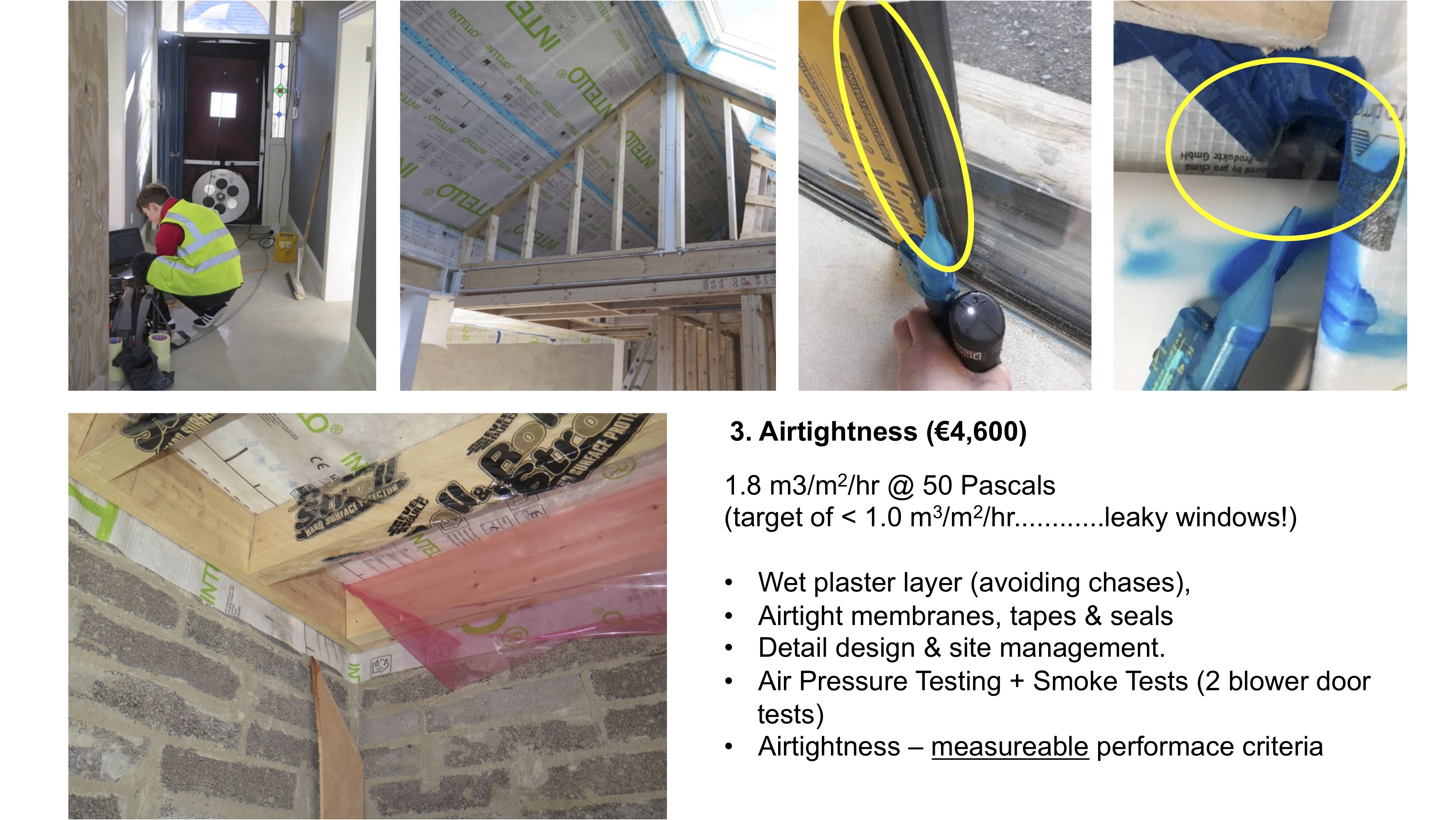
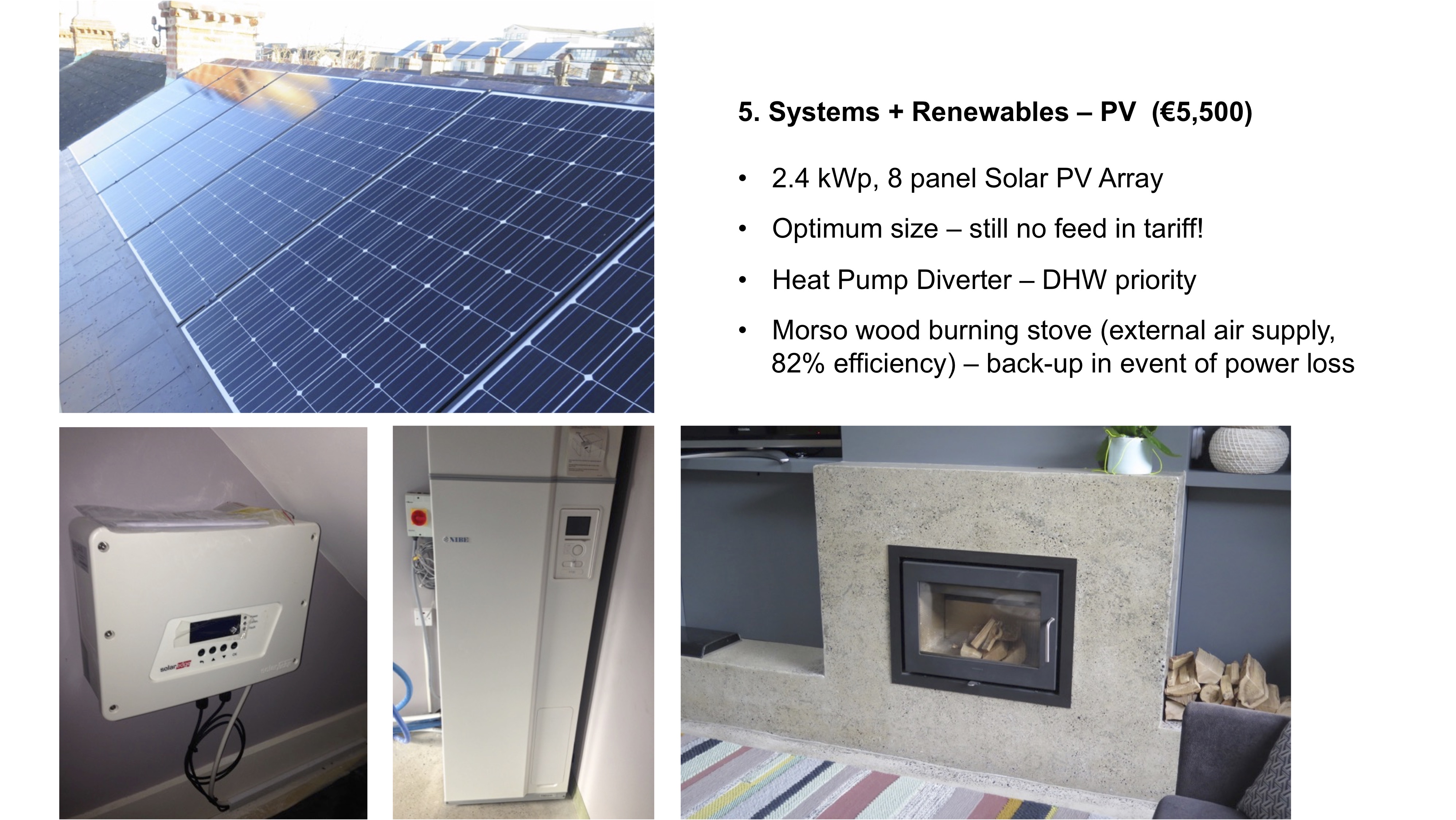
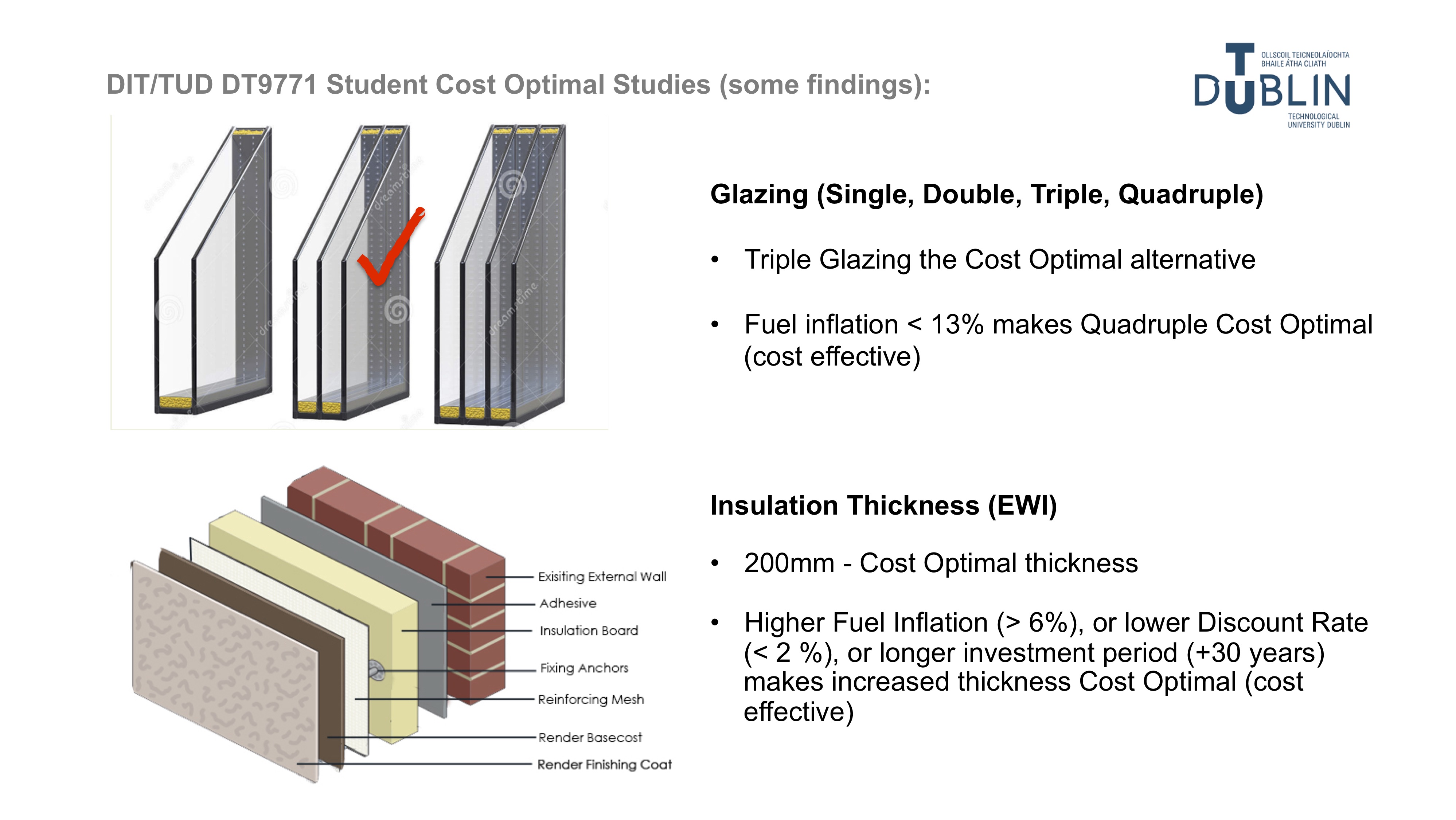
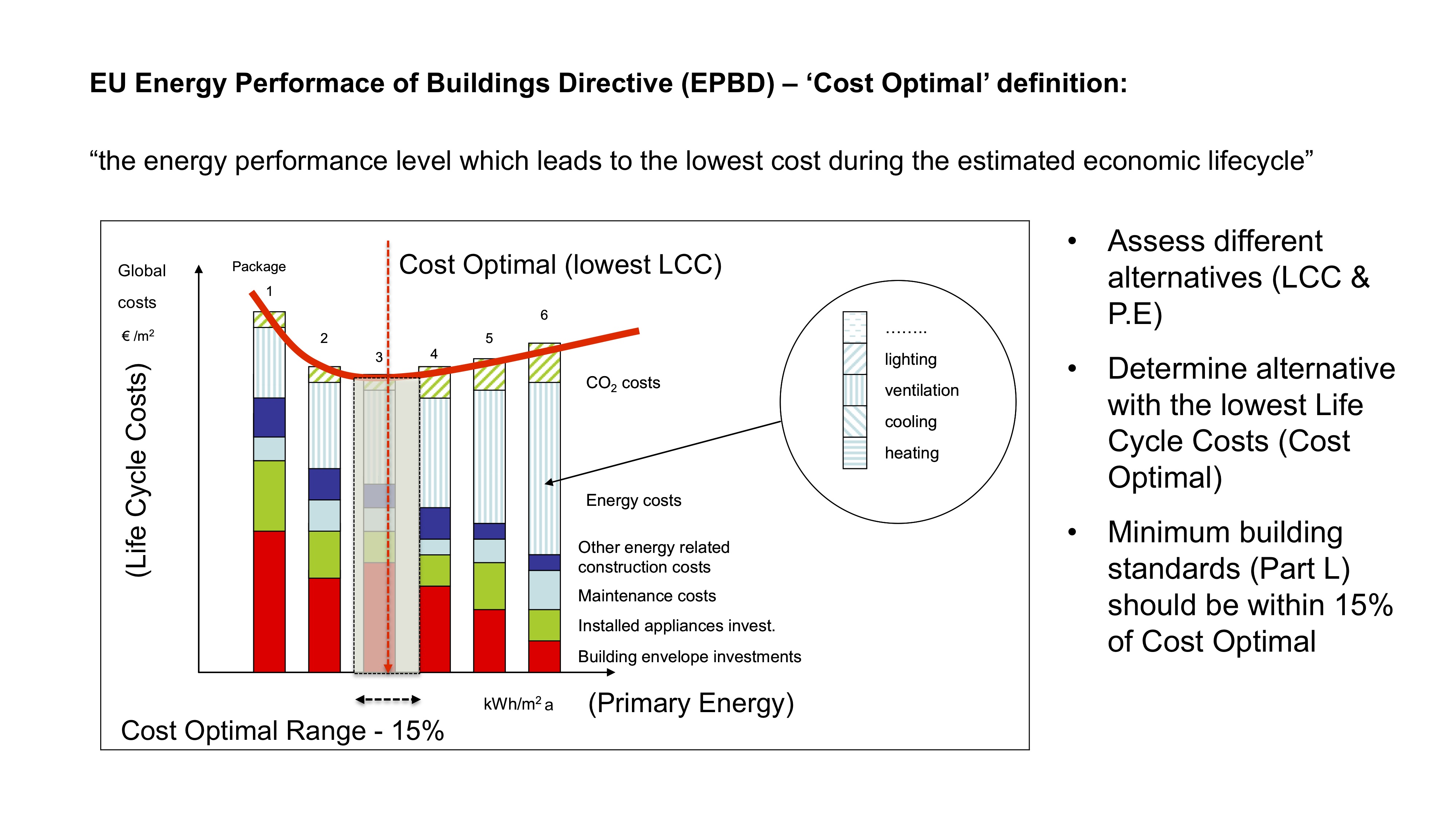
Simon Open Door 2019

We are pleased to be involved, once again in this year’s Simon Open Door Event.
Simon Open Door is a partnership between the Simon Communities of Ireland and the Royal Institute of the Architects of Ireland (RIAI). Almost €600,000 has been raised for the Simon Communities of Ireland by Simon Open Door in the last fourteen years. Anyone can sign up to Simon Open Door and in return for a €95 donation to the Simon Community, you will receive an hour long consultation with Daniel Coyle Architects. This will include advice on a range of issues relating to your home.
Consultations will take Place in our offices (Blackpitts, Dublin 8) on Friday 17th May.
To arrange a one-hour consultation please go to the Simon Open Door Website and make a booking:
https://www.simonopendoor.ie/booking/display.asp?CID=216&LocationID=10
National Retrofit Conference 2018
This week Daniel participated in the National Retrofit Conference at the Talbot Hotel, Stillorgan, Co. Dublin, delivering a presentation on nZEB dwelling design, financial appraisal of Deep Retrofit and Cost Optimal Calculations.

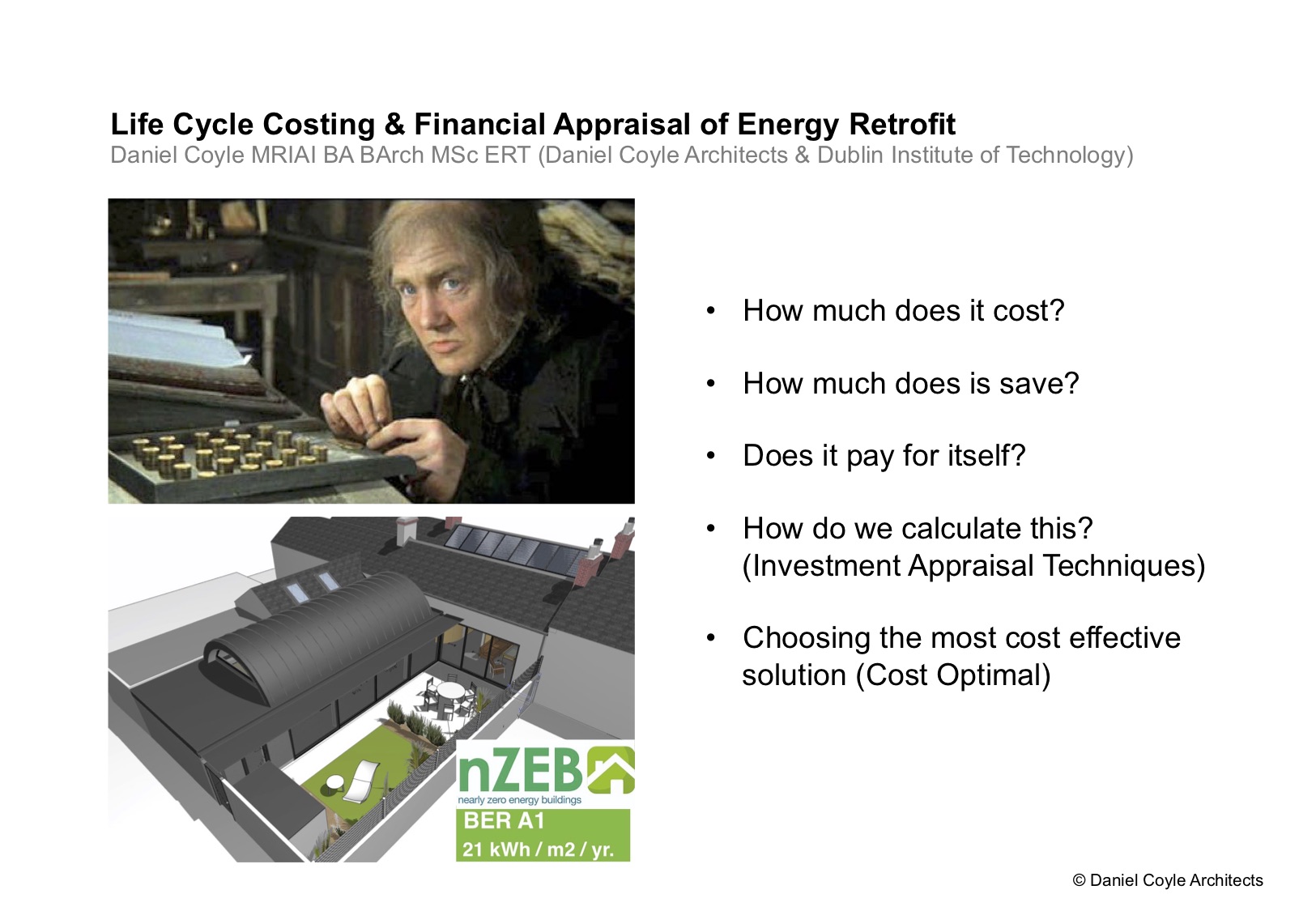





North London House completed
Our project in North London involving the extension and comprehensive refurbishment of a Victorian terrace house has recently reached Practical Completion.

The project involved construction of a 3 storey rear extension, dormer roof and attic conversion, together with comprehensive refurbishment of the existing structure, fabric and building services.
A new full width extension to the rear connects into the existing front reception rooms to create a free-flowing open plan living space. Zinc-clad dormer roof extensions added to rear return and to existing roof space to provide additional bathrooms and bedroom accomodation. A senstitive materials pallette of London Stock bricks, lime pointing, dark stained timber joinery and grey zinc standing seam roof and wall cladding is employed, to tie in with surrounding Victorian Architecture.
Conservation measures included the careful restoration of original historic fabric and features including lime plaster repairs, reinstatement of Victorian sliding sash timber windows, conservation and repair of original interior joinery, staircases and decorative plasterwork, combined with the integration of high-spec building services and bathrooms.
Energy efficiency improvements included incorporation of high levels of roof, floor and wall insulation, including hygrothermally safe wood-fibre internal wall insulation to existing solid brick walls, airtightness measures, triple-glazed windows, new A-rated condensing boiler and high-efficiency wood-burning stove.



PV solar panels – nZEB house
Installation of a PV (Photovoltaic) solar array has been completed at our nZEB house, now reaching completion.
The system comprises an 8-panel, 2.4 kW photovoltaic array mounted within the concealed roof valley, and produces enough electricity to offset nearly all of the residual space heating and hot water energy demand of the house.
Air Tightness Testing – nZEB House
Initial Blower Door Air Tightness Test has been carried out this week on our nZEB (nearly-Zero Energy Building) house in Dublin 8. The contract specification set a Q50 target of 1.0 m3/hr.m2 (at 50 Pascals pressurisation), roughly equivalent to the Passive House ‘EnerPHit’ standard for the retrofitting of existing buildings. The refurbished and extended dwelling has achieved an initial air permeability result of 0.8 m3/hr.m2 @50Pa. To put this in context – the maximum permitted air permeability level (for new dwellings) under the current Building Regulations is 7.0 m3/hr.m2 @50Pa, so the nZEB house is achieving an air-tightness standard nearly 10 times that required under the current Regulations.
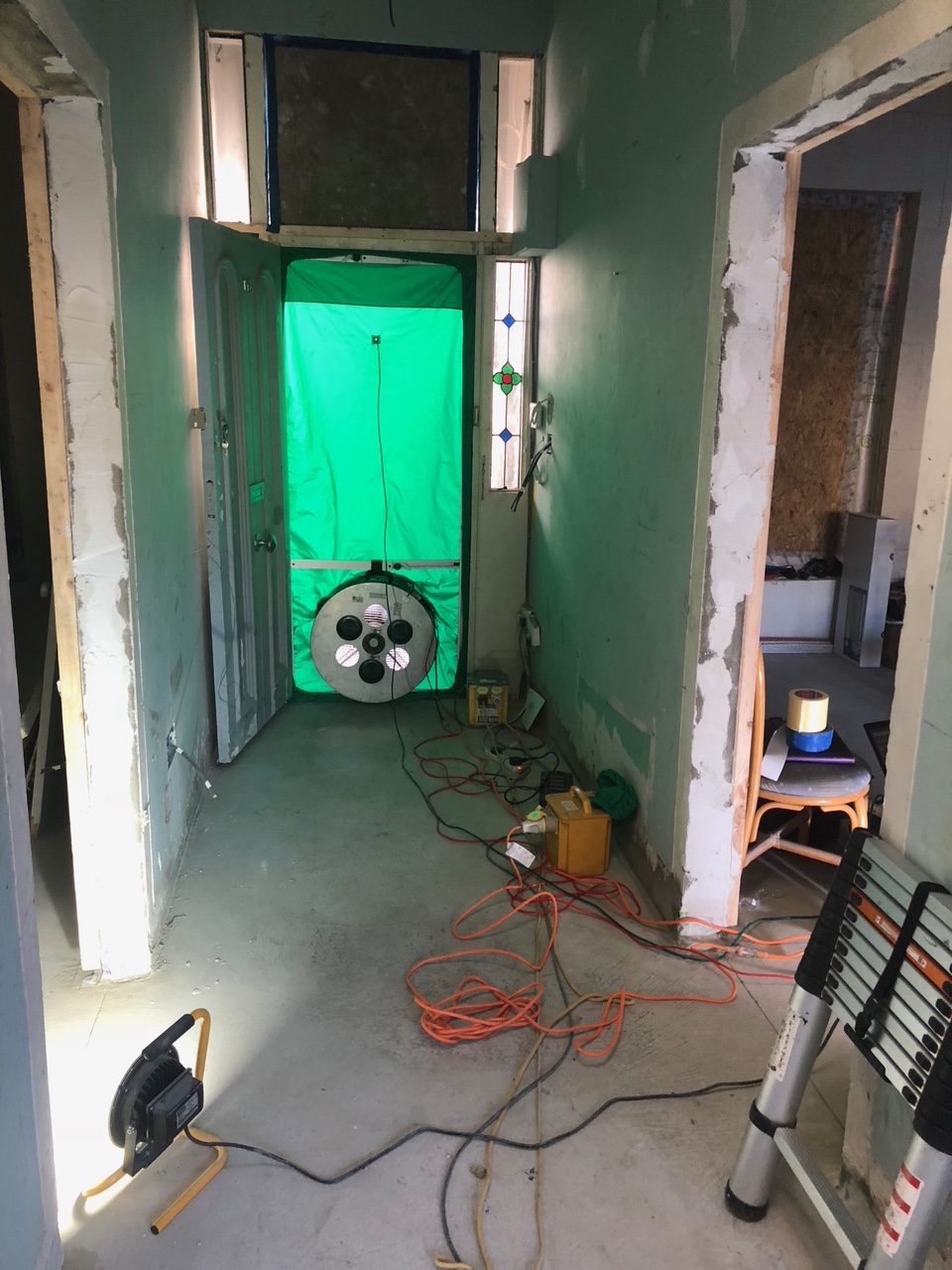
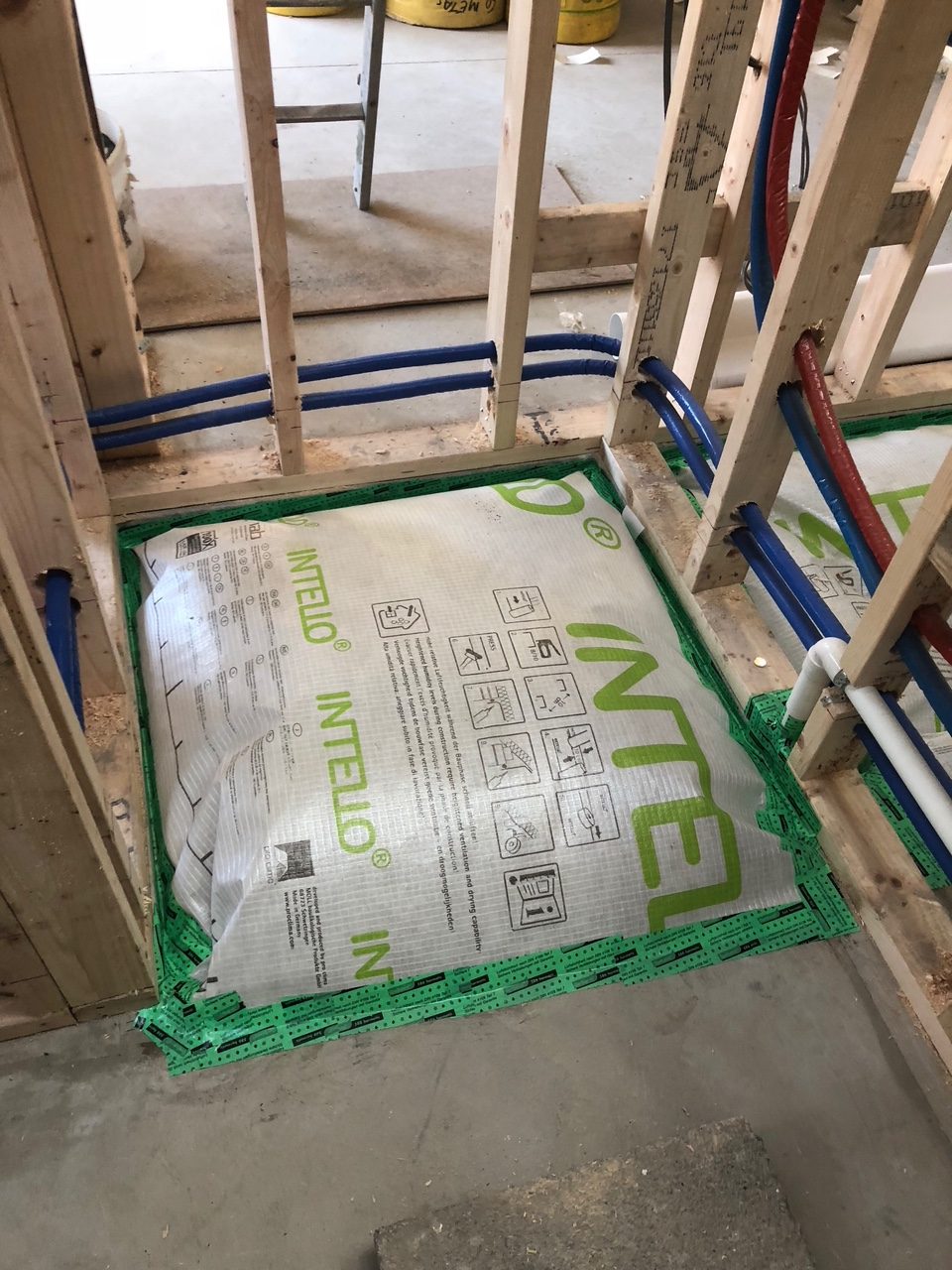
This ambitious level of structural air-tightness is a vital component of the overall low-energy strategy for the dwelling – reducing to a minimum heat losses occurring through uncontrolled air-infiltration (drafts and air-leaks), whilst also minimising risks of interstitial condensation (moisture vapour passing through the building fabric and condensing on concealed surfaces within the structure). Achieving a high standard of air-tightness was also essential in order to deliver optimum efficiencies from the dwelling’s combined heating and ventilation system – an Exhaust Air Heat Pump, which recovers heat from extracted air and recycles it to provide space heating and domestic hot water.
The airtightness level has been achieved by robust detail design, together with careful and diligent execution by the Main Contractor and Sub-Contractors on site. An almost continuous air-tight layer is achieved through the use of wet plaster (walls), double-seals to windows and doors, concrete layers (floor), intelligent air-tight membranes (roof), and with all junctions sealed with air-tight tapes, seals and grommets. A services zone was created to all walls and ceilings to eliminate any chasing or penetrations of the air tight layer.


